The German automaker Mercedes Benz will unveil a new vehicle next week, dubbed the ESF 2009 Concept the car is based on an S400 Hybrid. This passenger friendly concept is equipped with a number of innovative never before seen safety features, starting with an inflatable brake underneath the vehicle. In the event of an accident, the unit inflates to create excess friction and thus, helps to slow the vehicle down much quicker. The concept will also feature additional items like airbags integrated into both the front and rear seatbelts.
Stay tuned to Top Speed for more details that will follow shortly.
mercedes-esf-concept-vehicle
- Make: Array
- Model: mercedes-esf-concept-vehicle
2009 Mercedes ESF Concept Vehicle
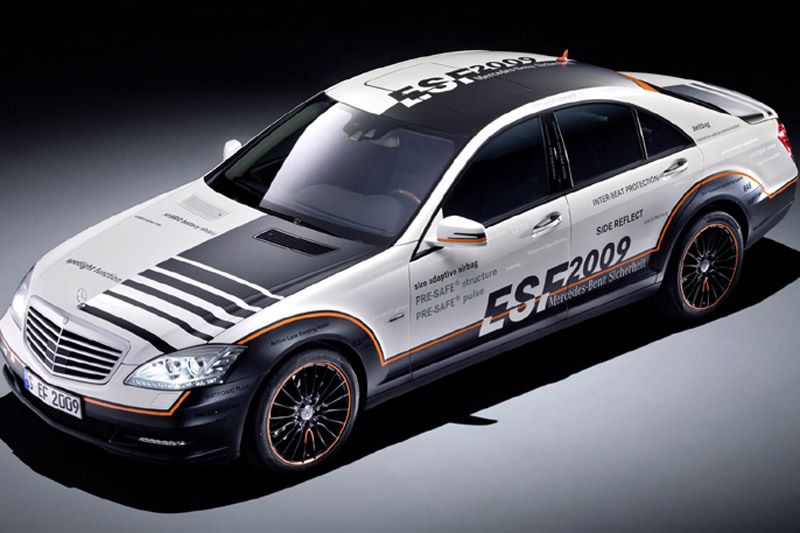

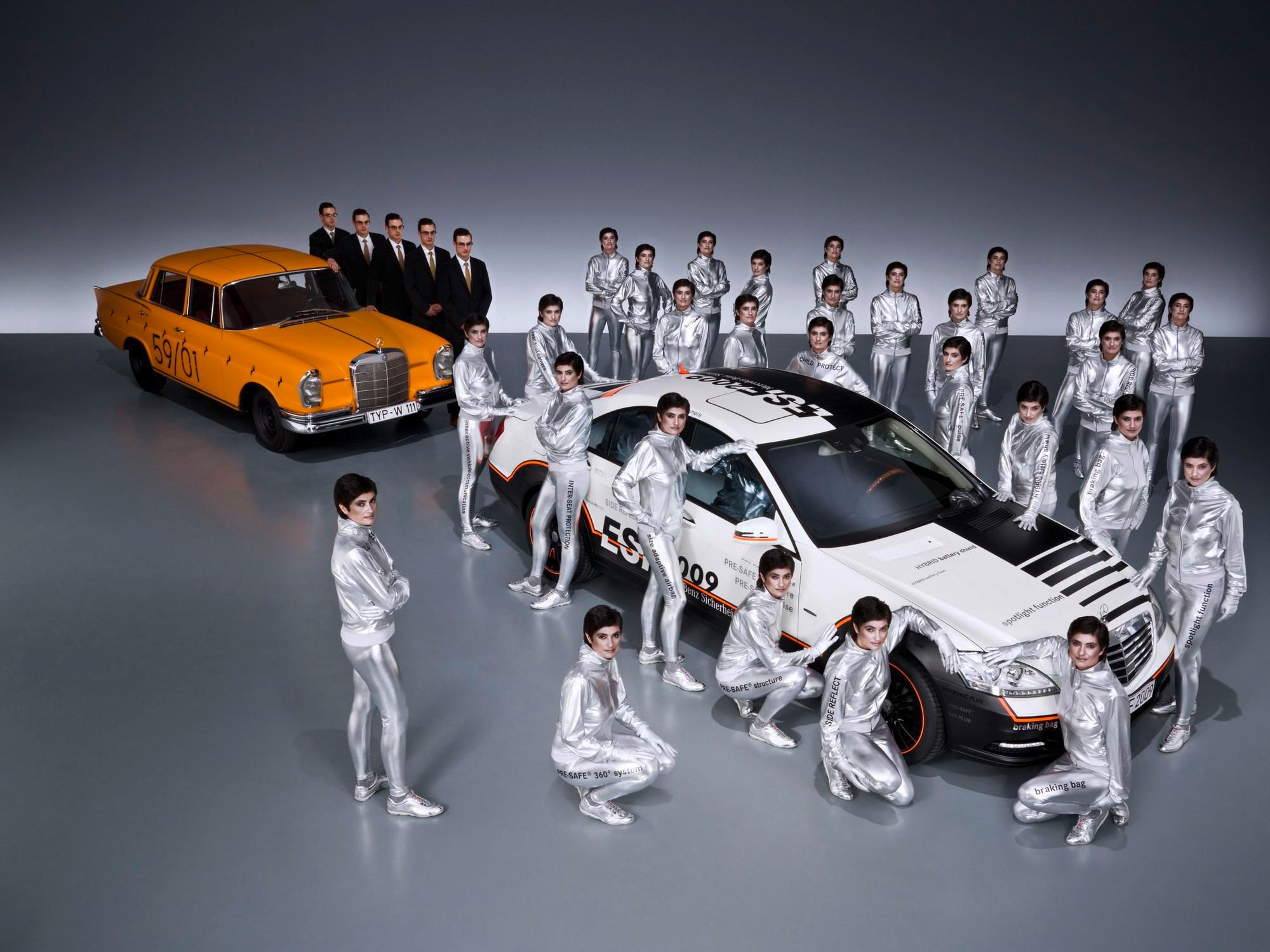
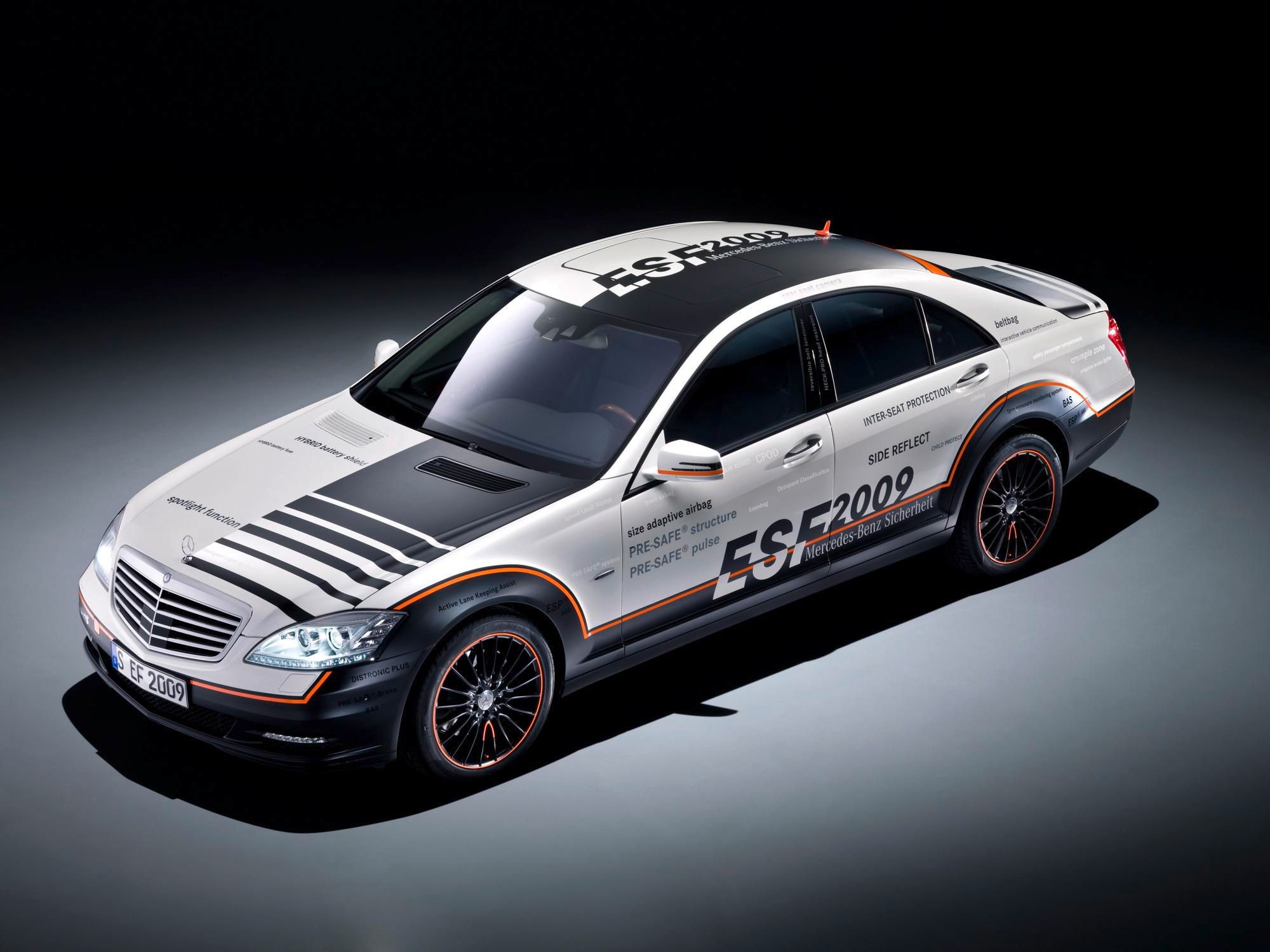
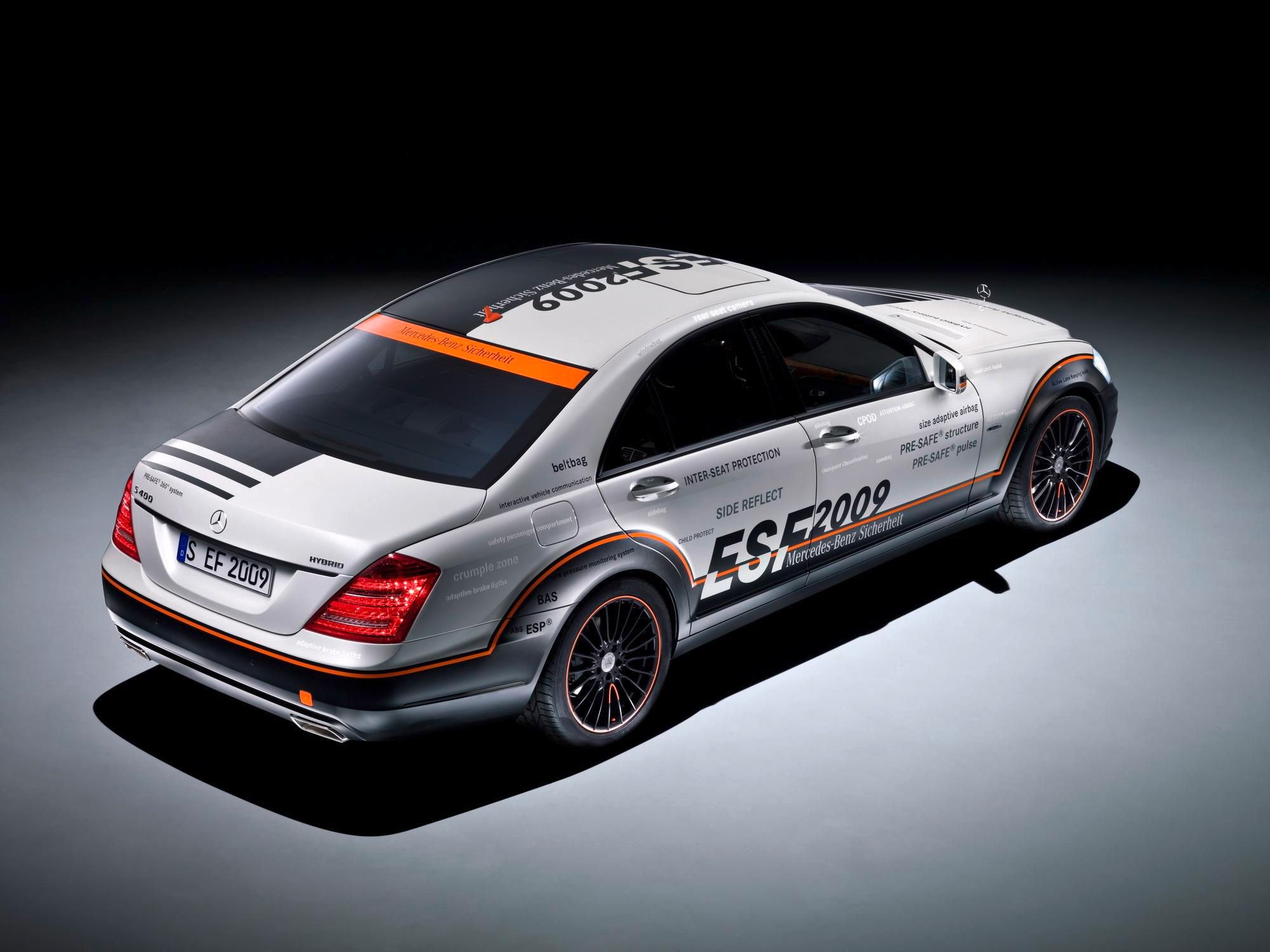
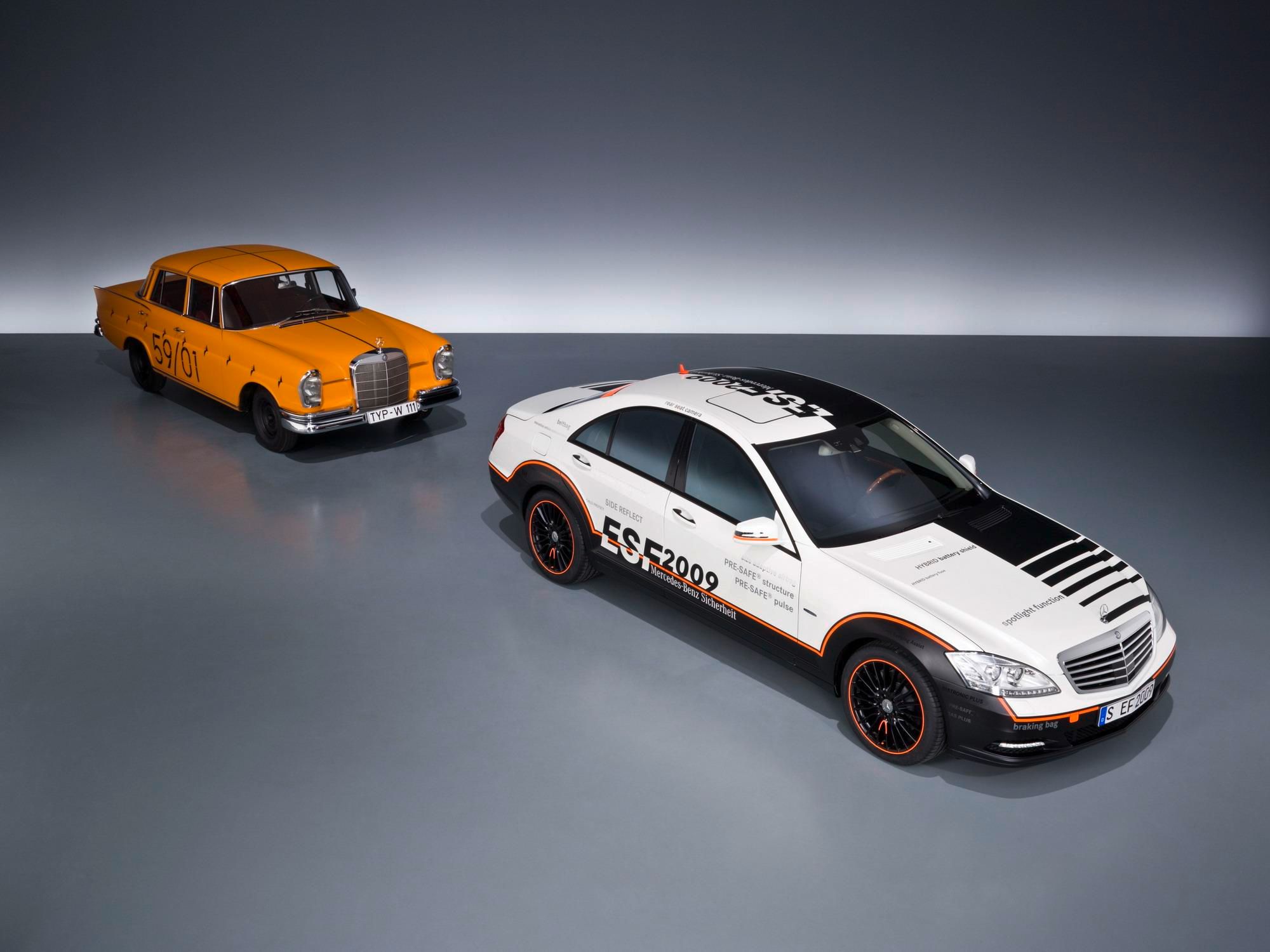
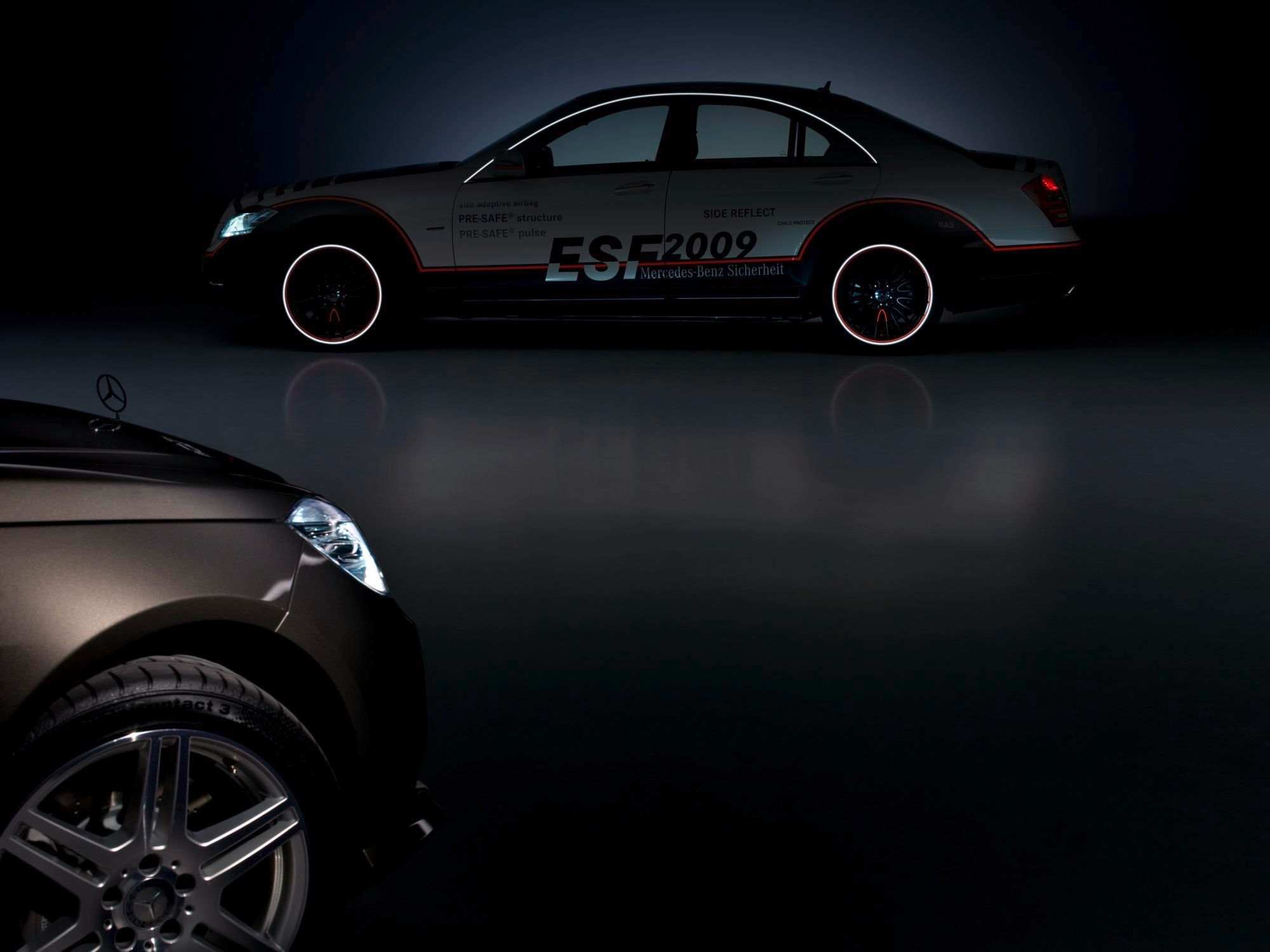
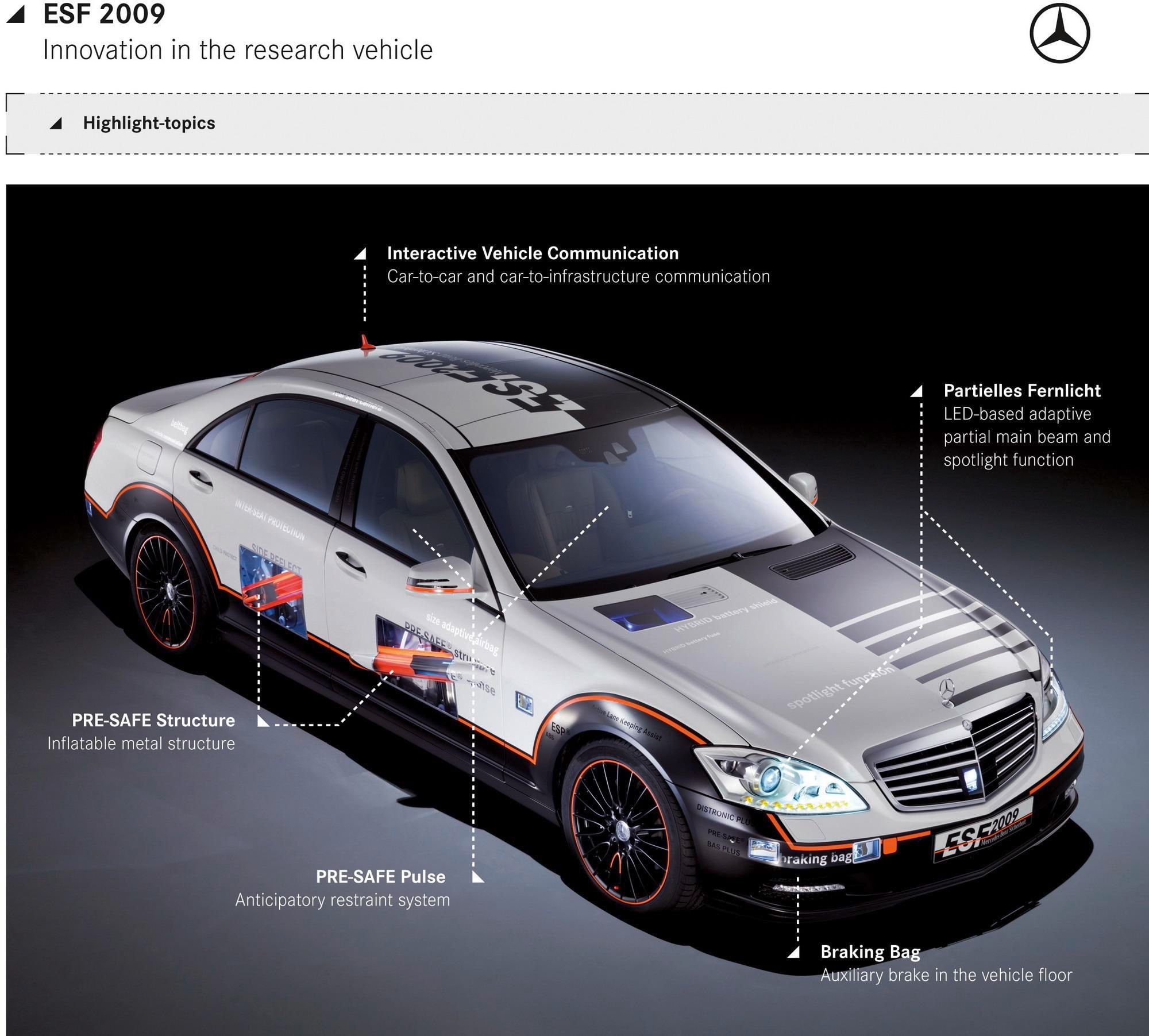
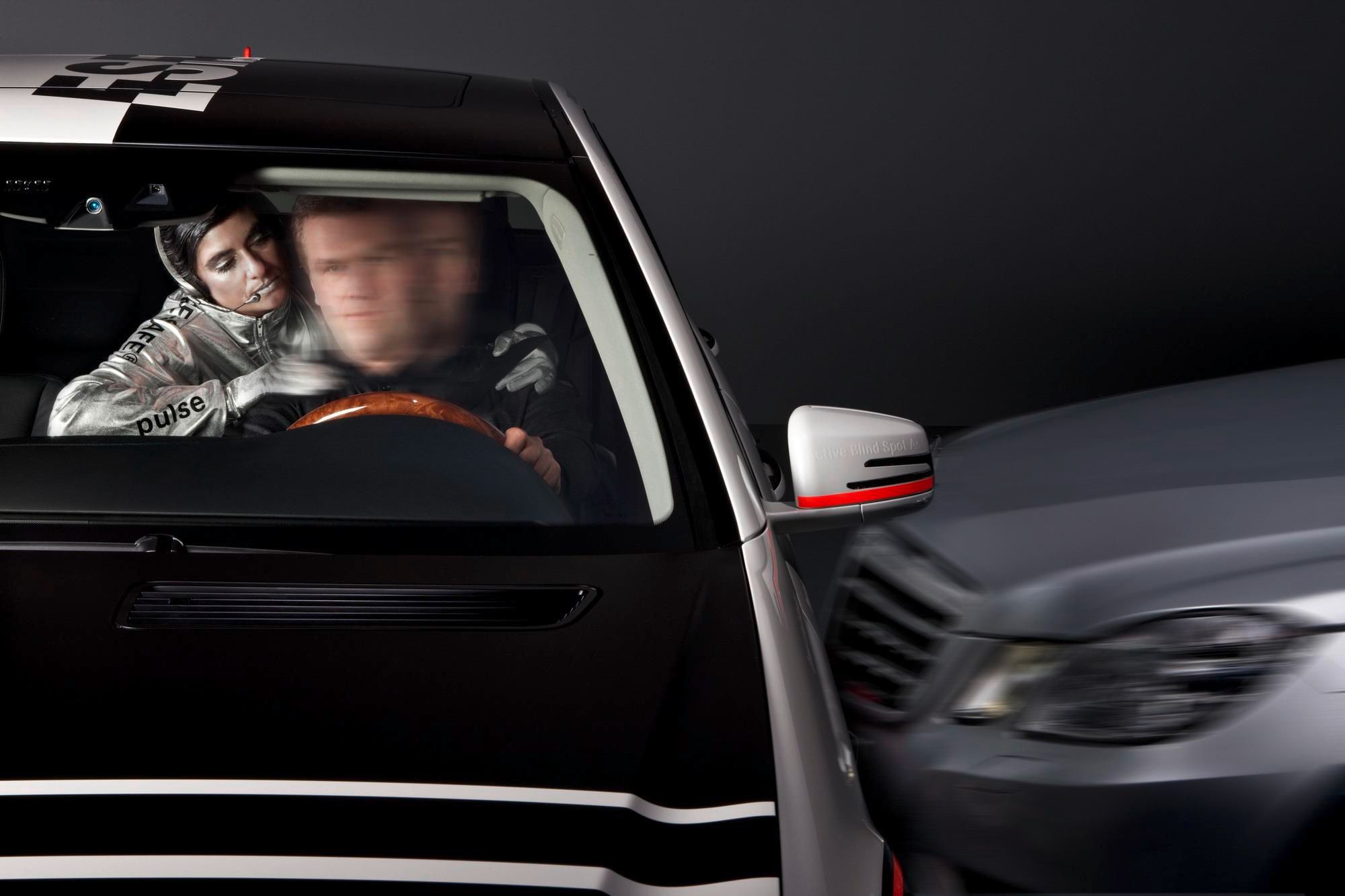

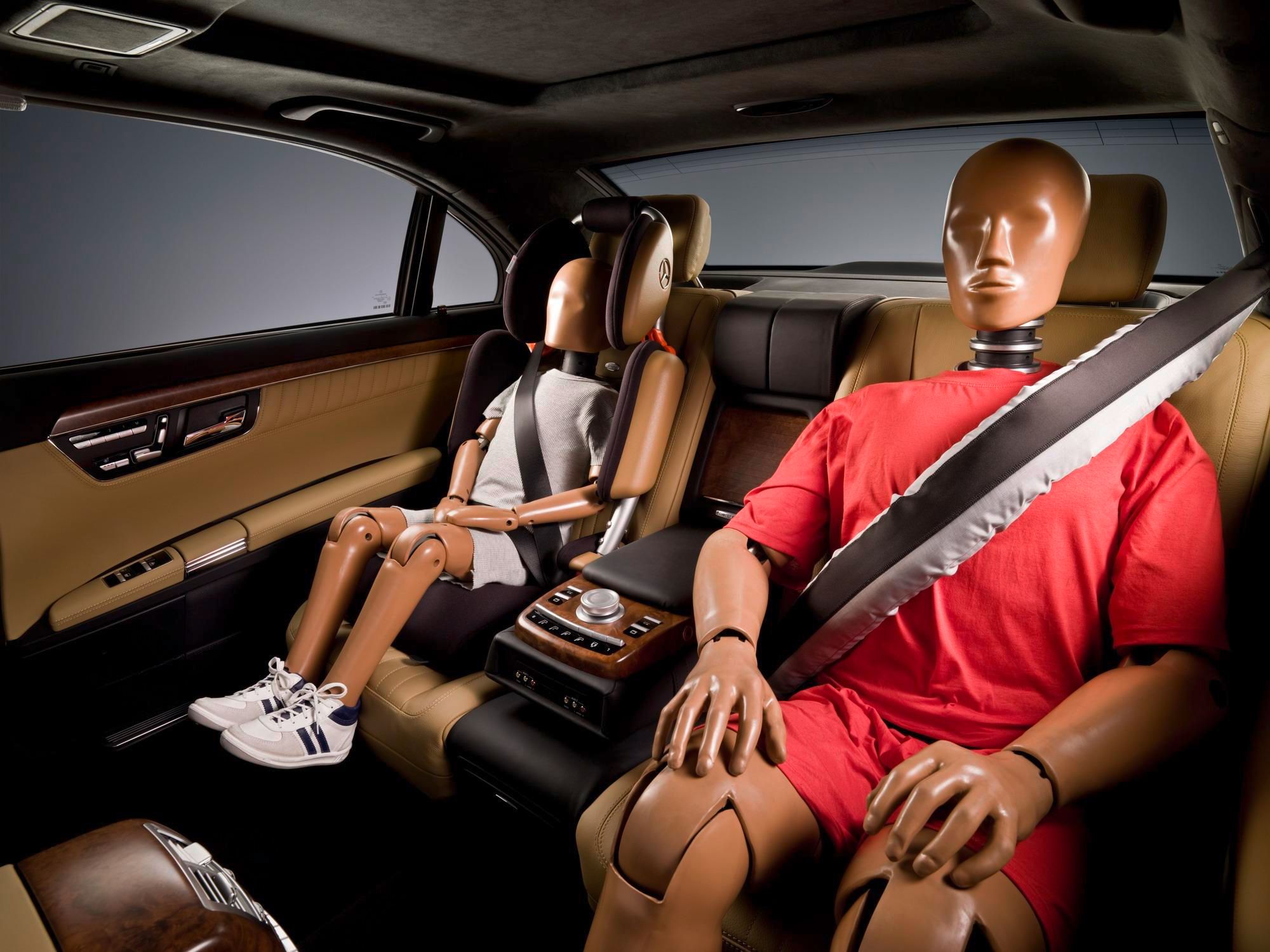
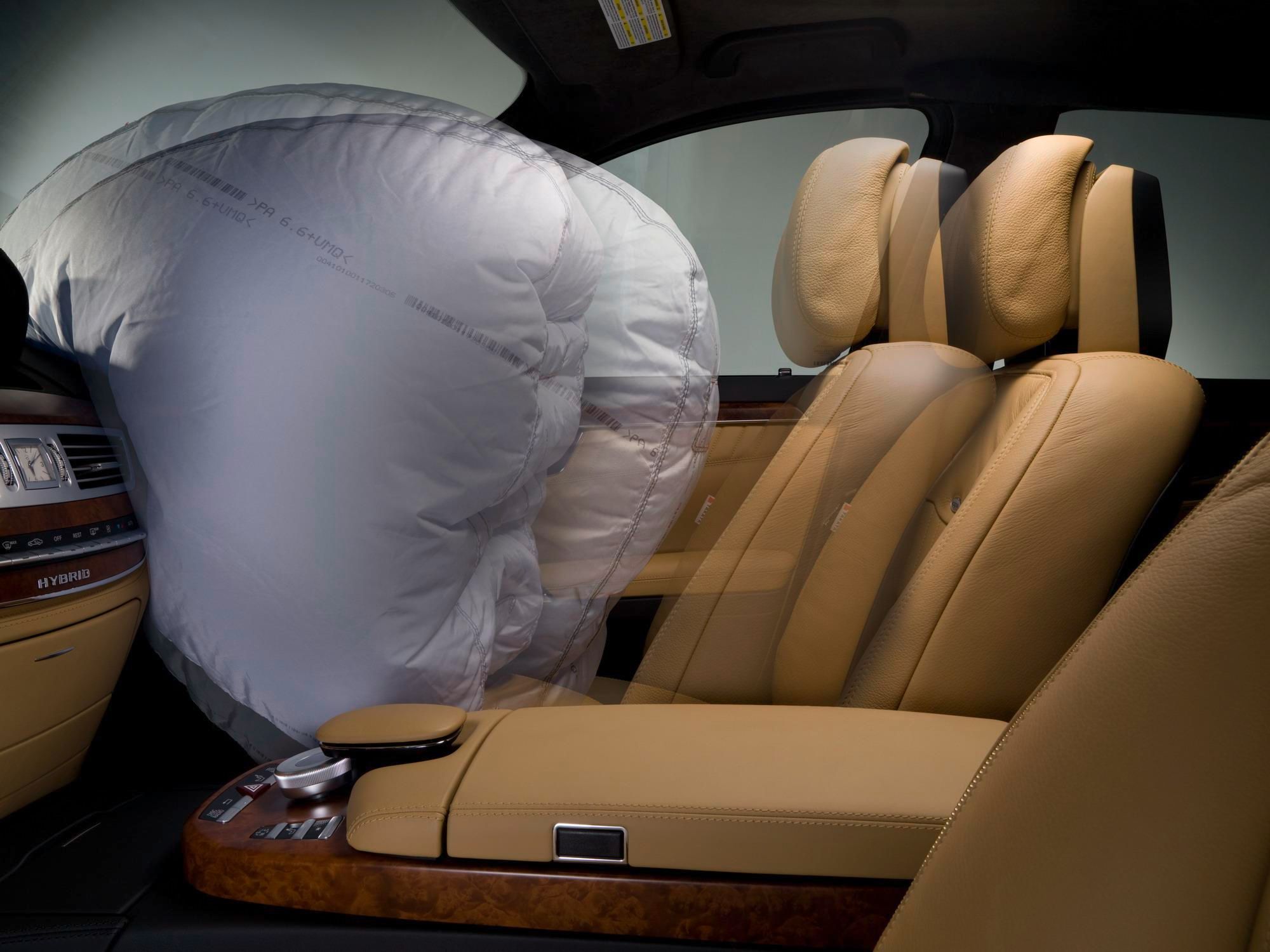
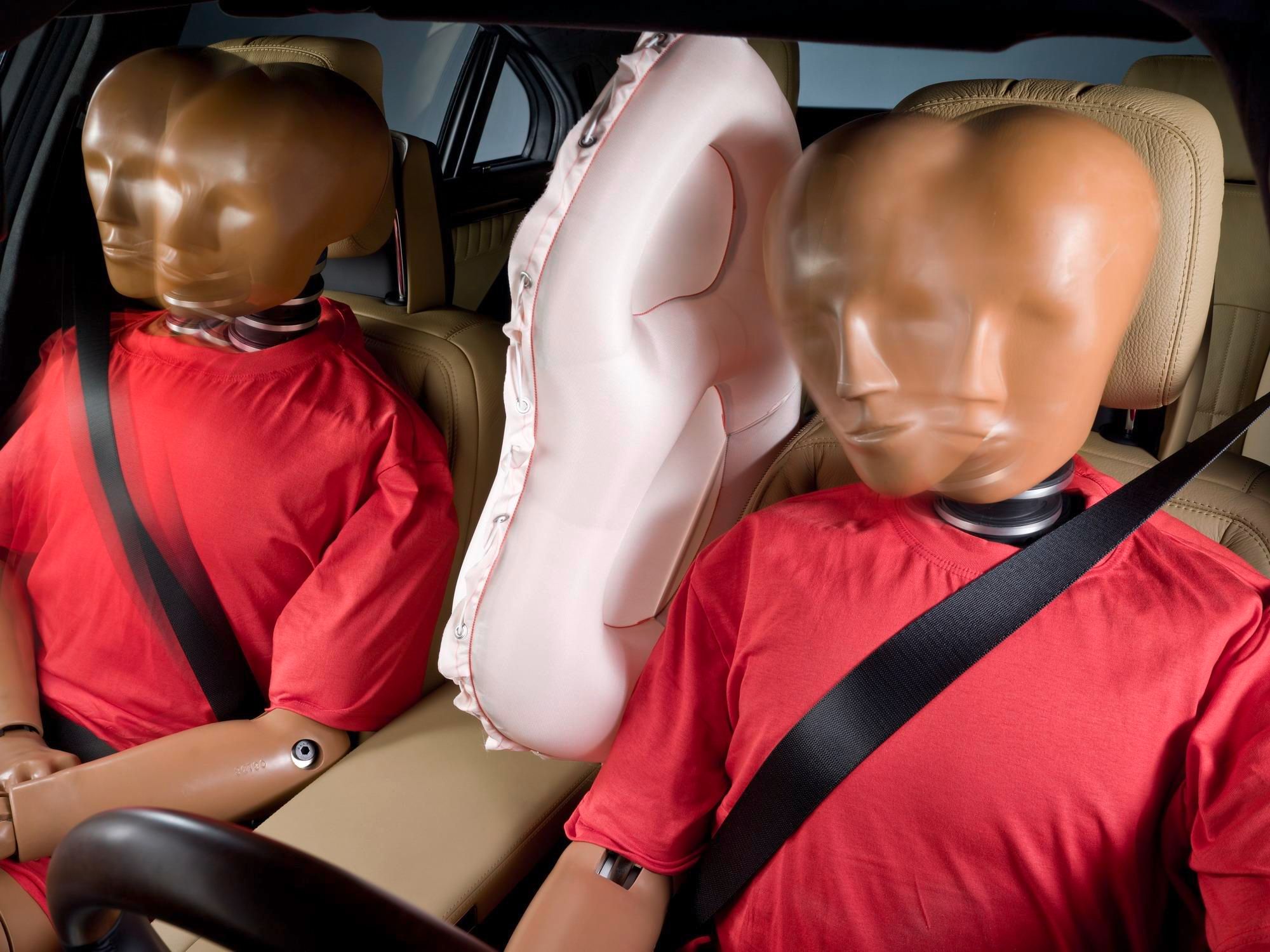
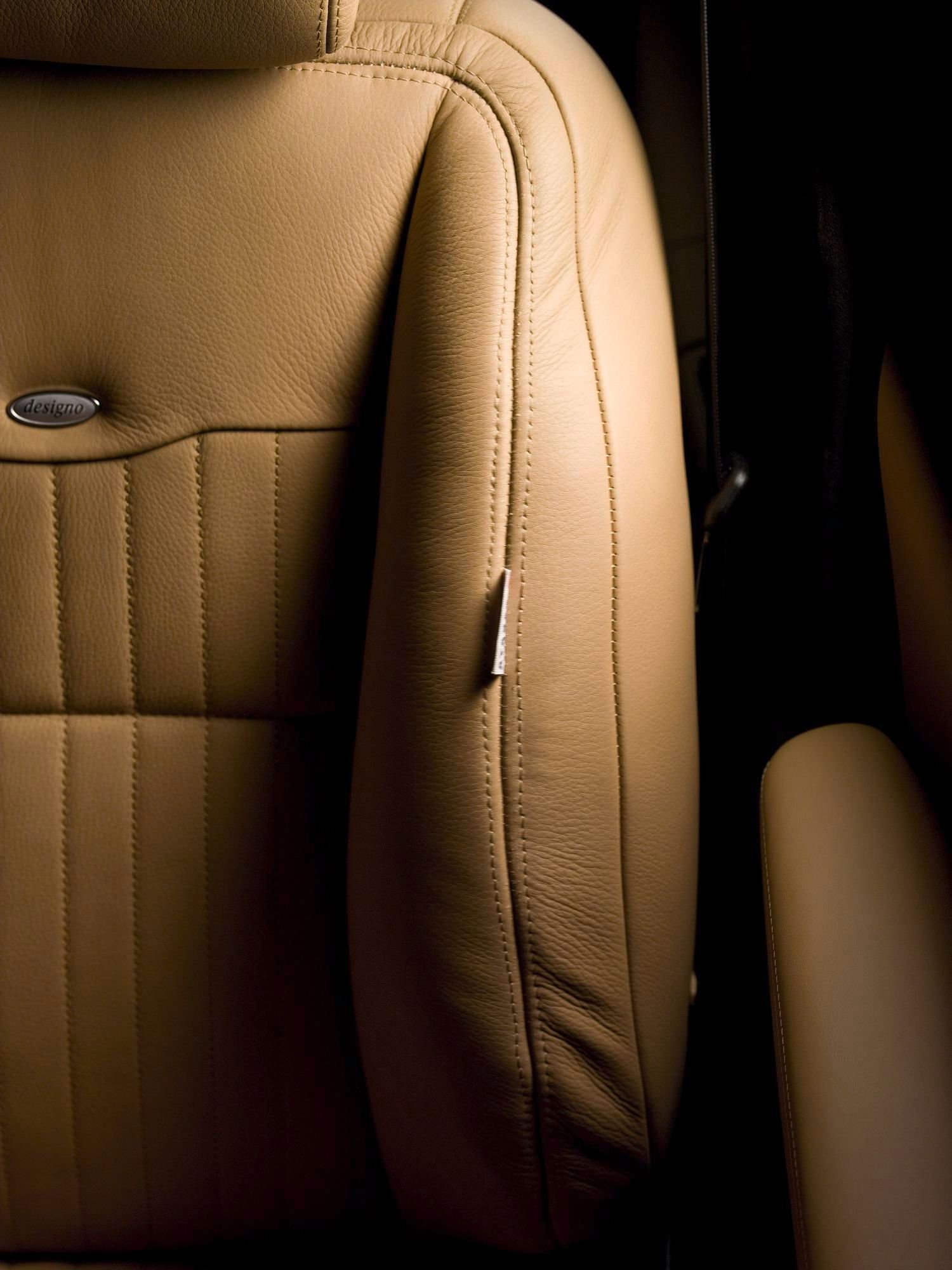
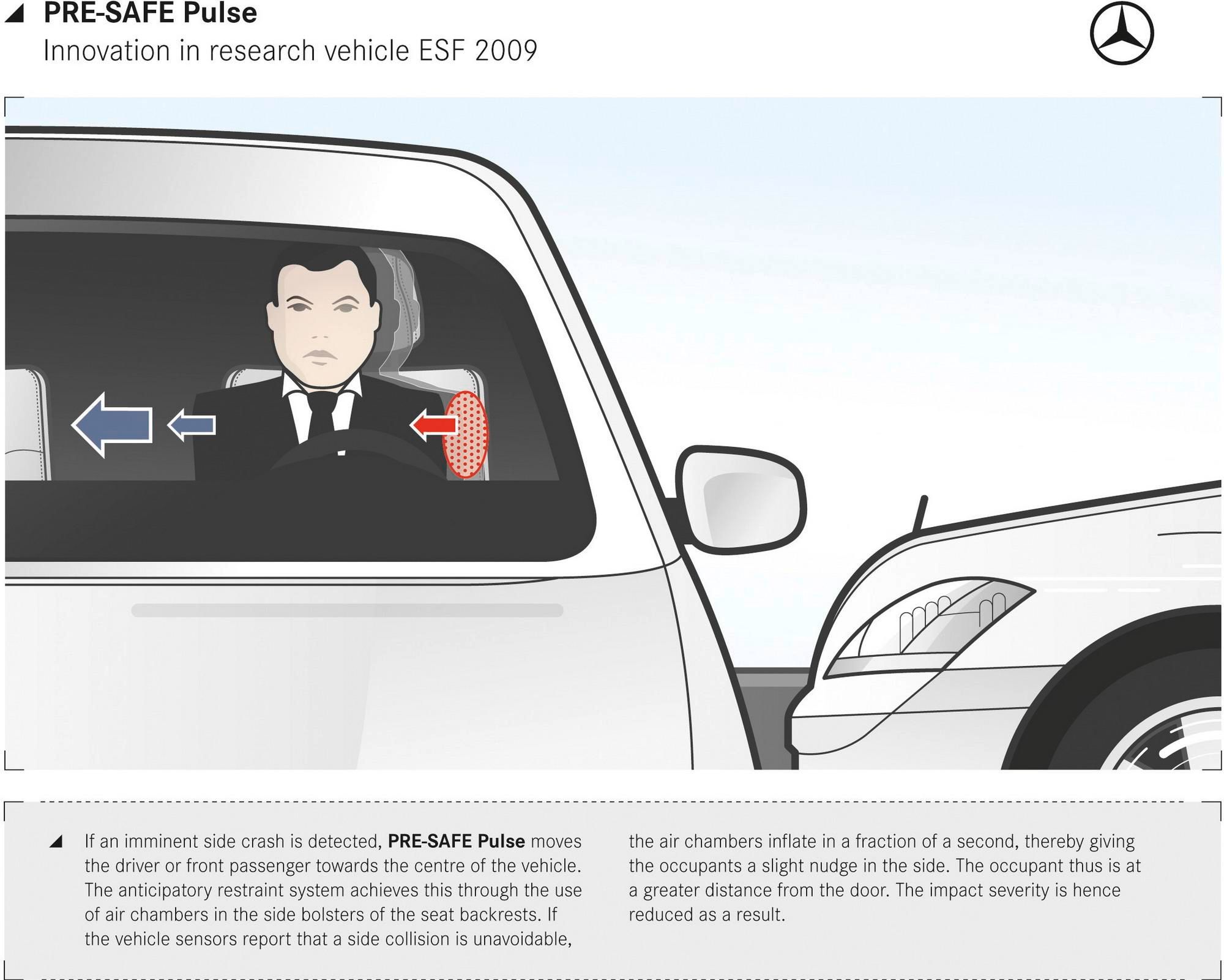
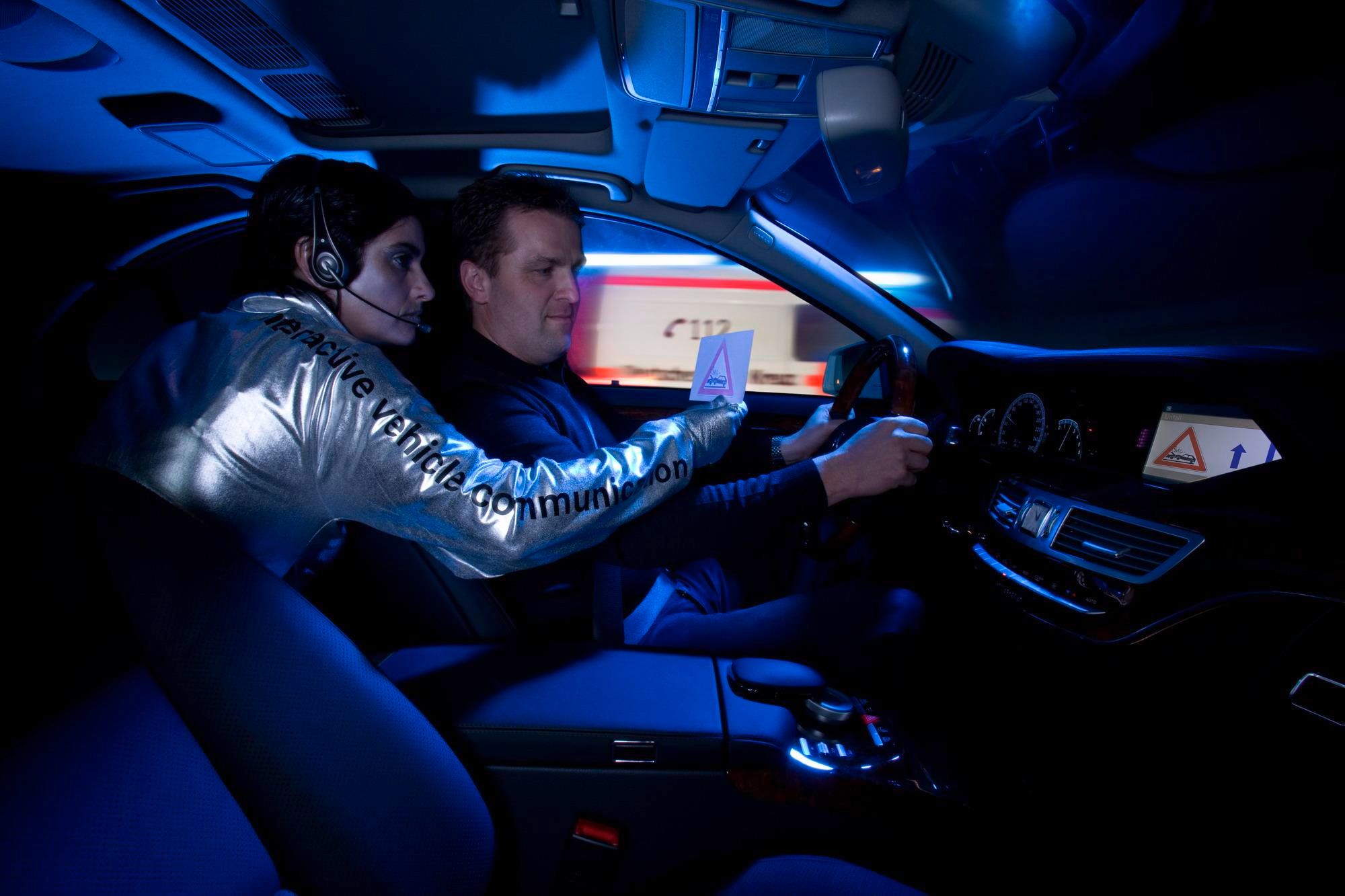
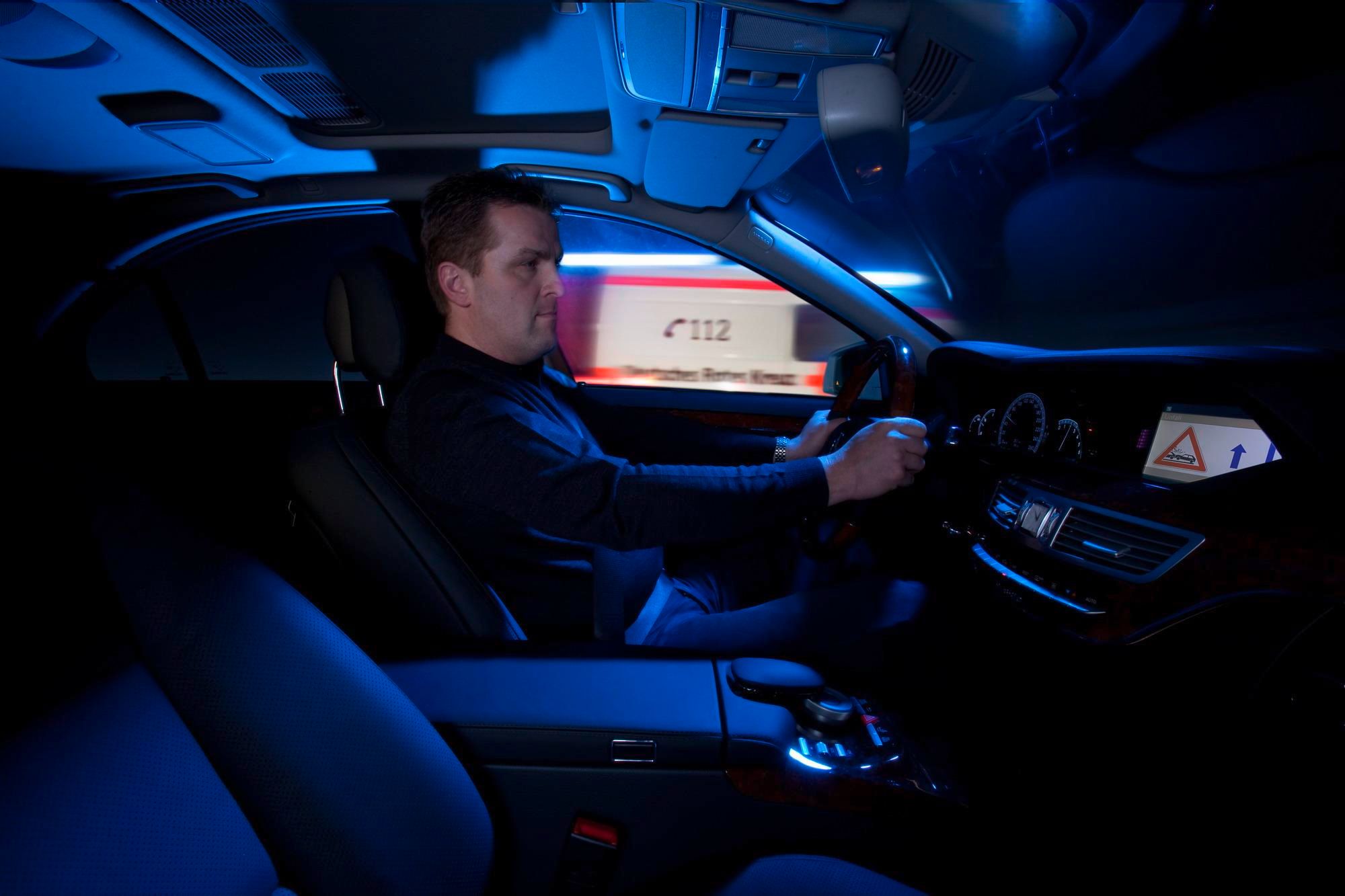
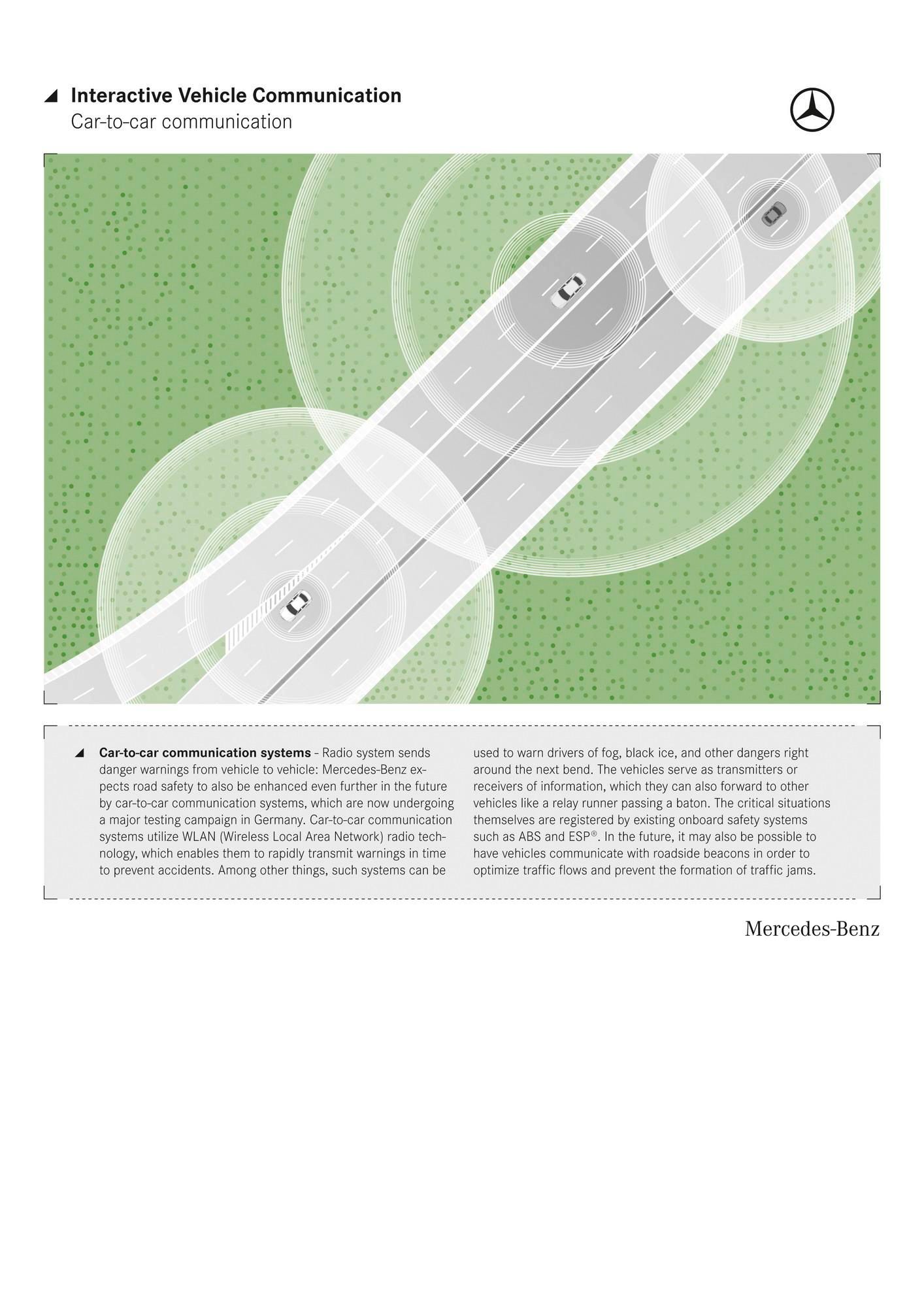
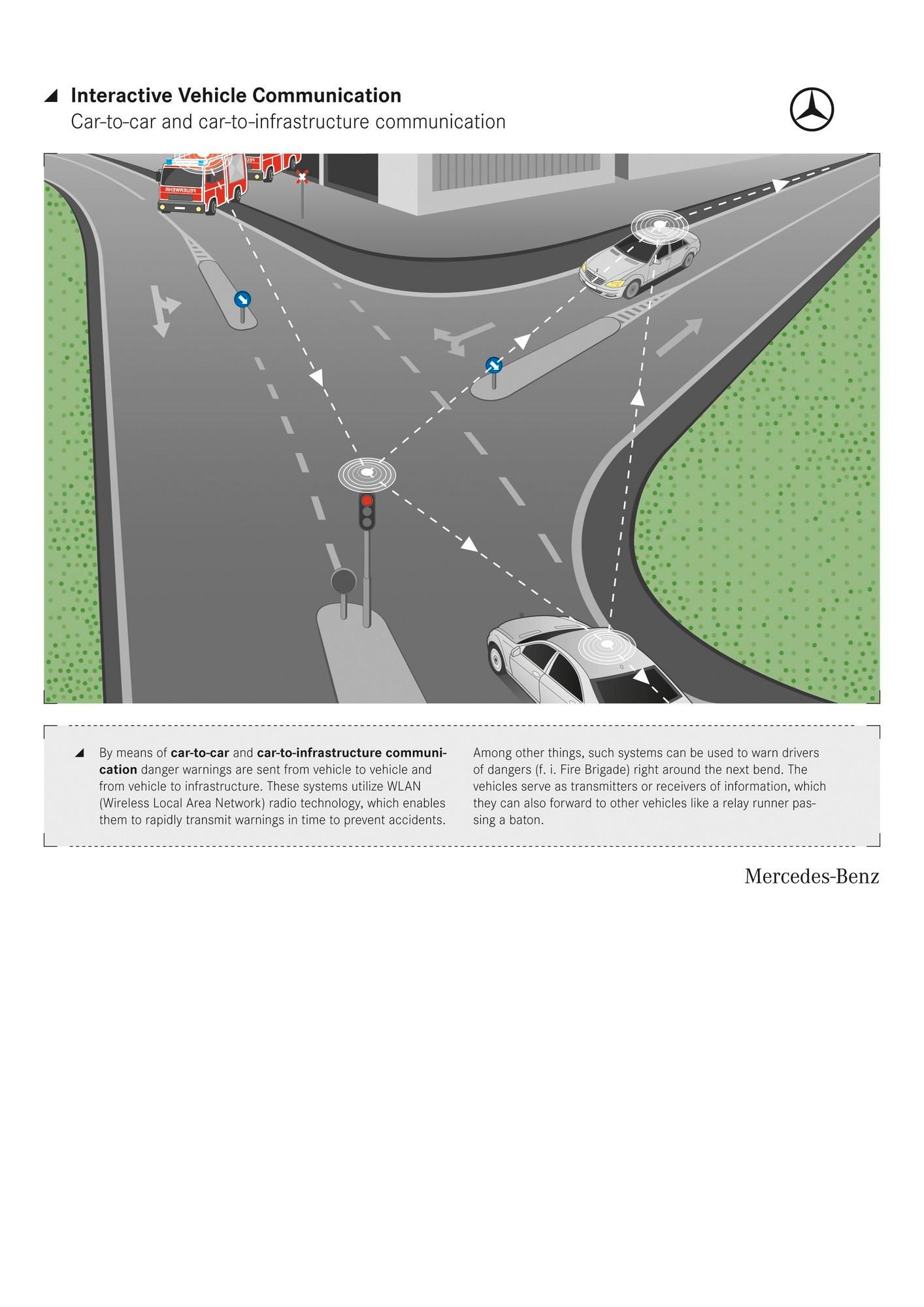
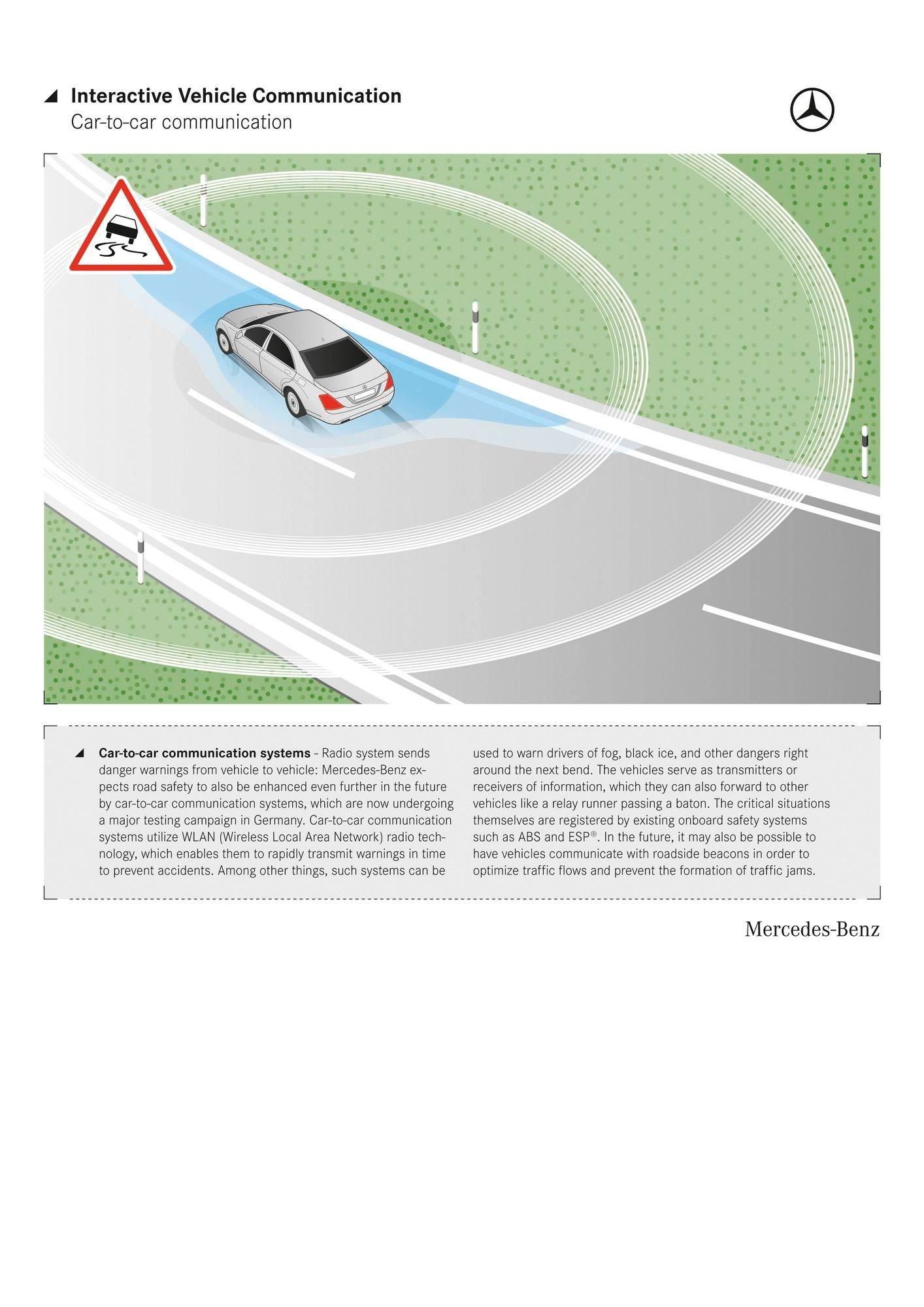
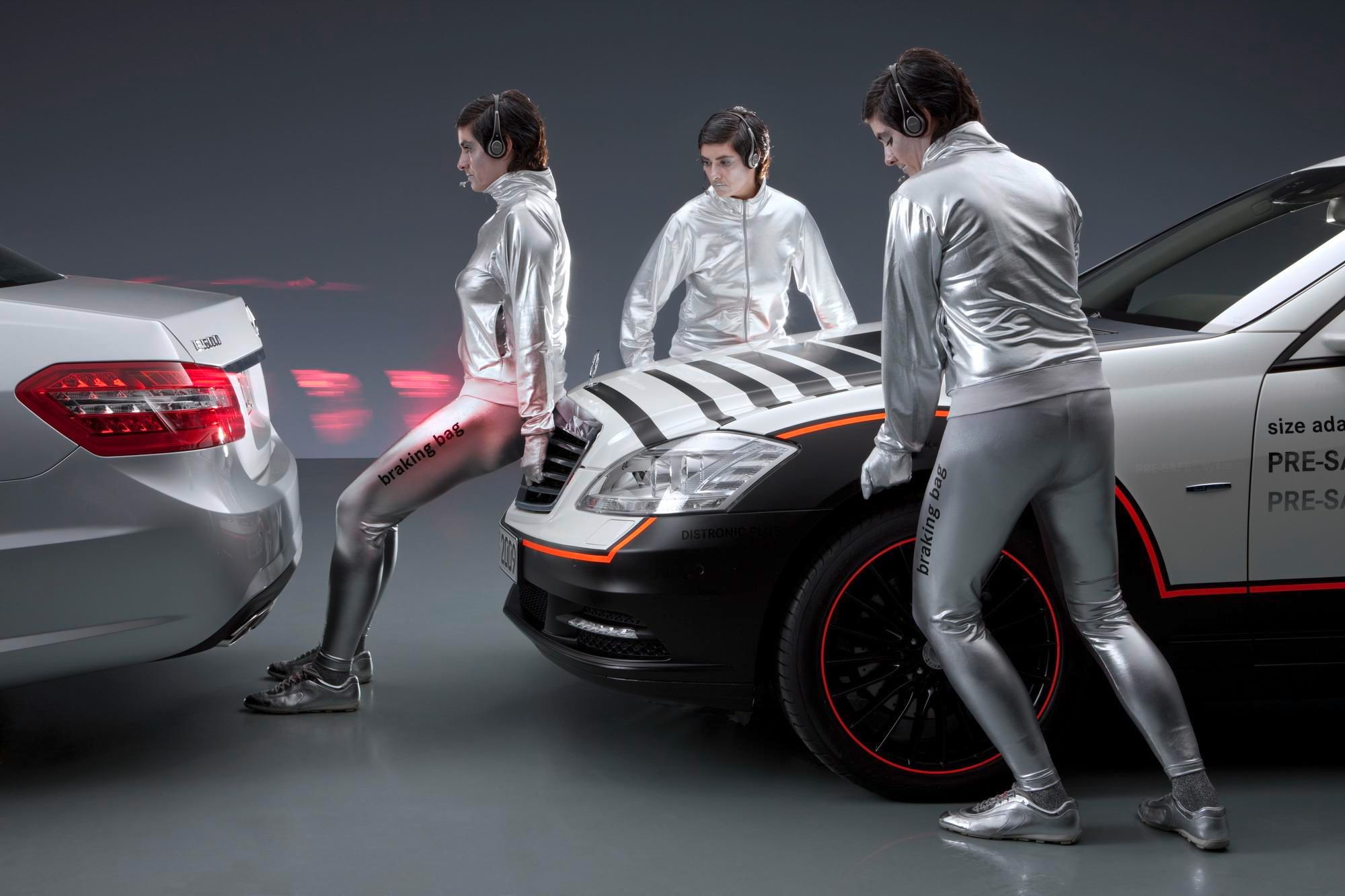
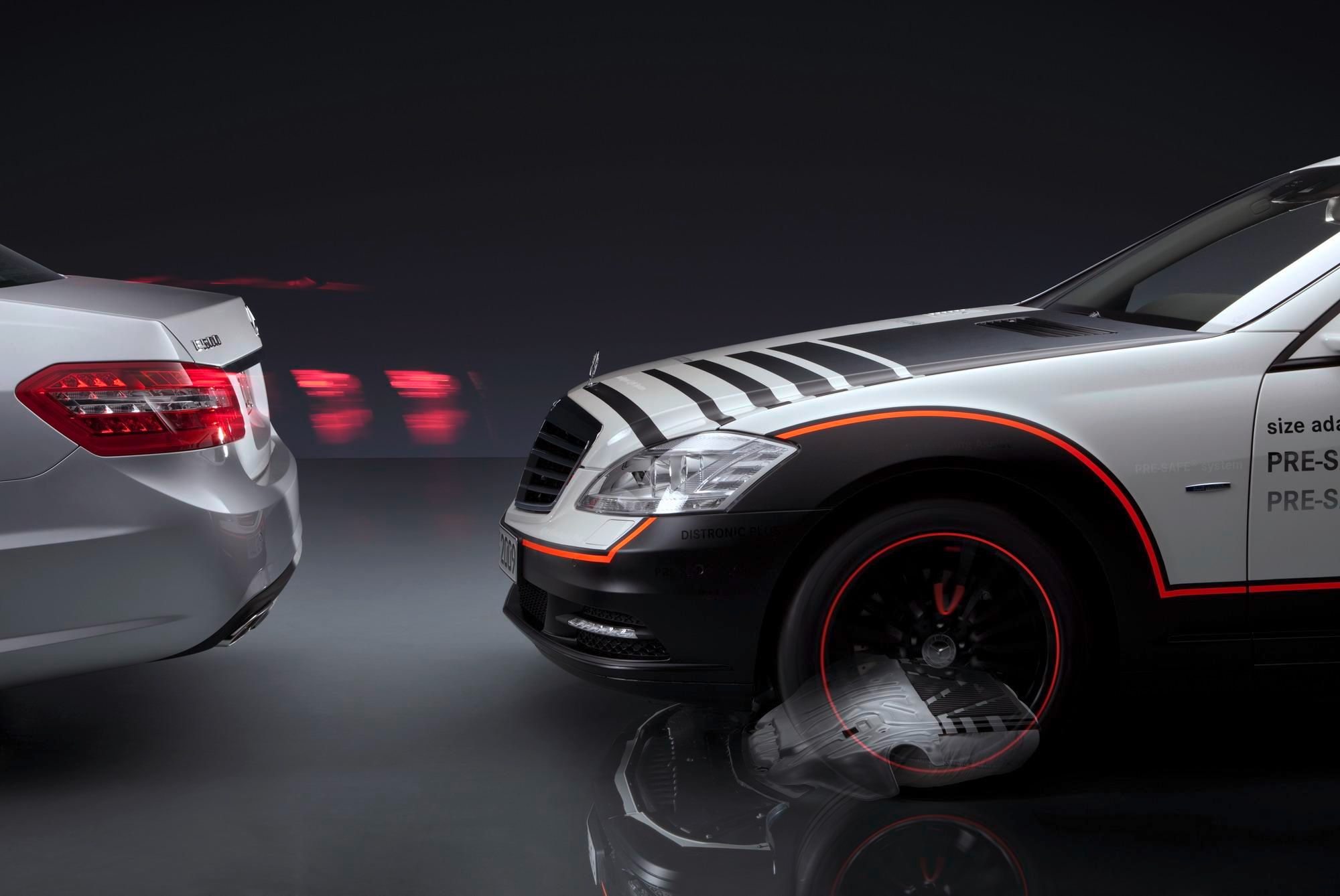
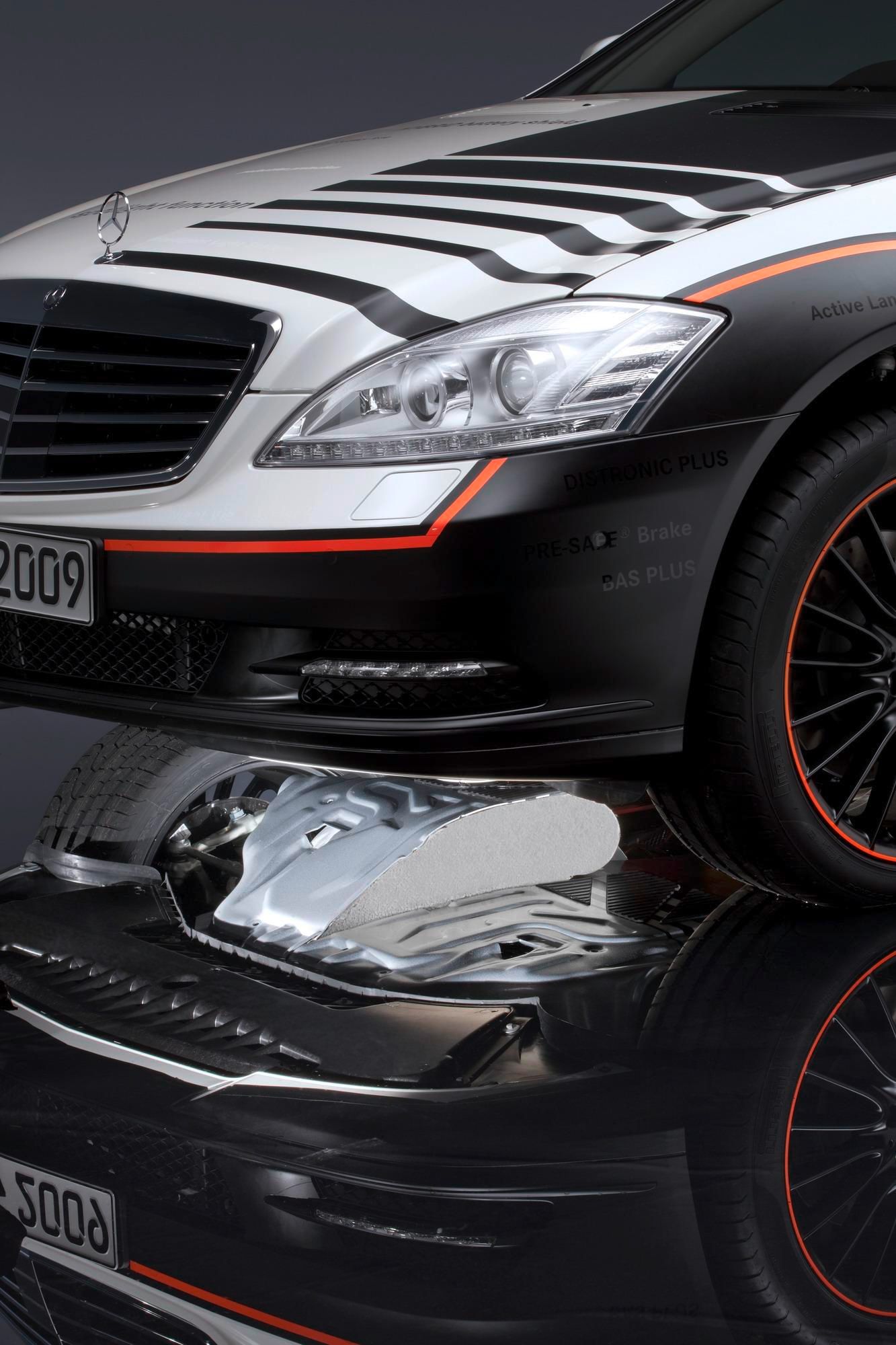
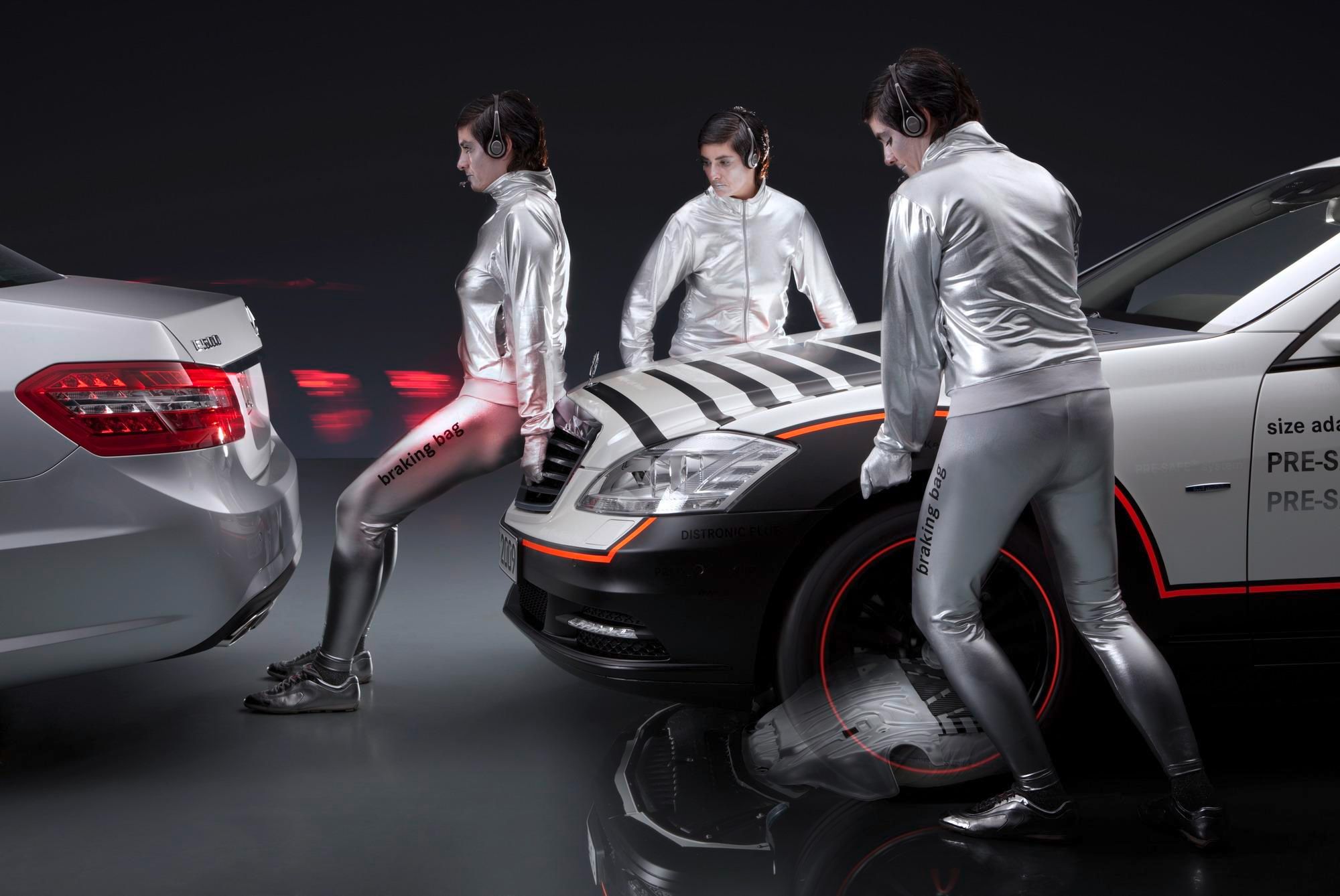
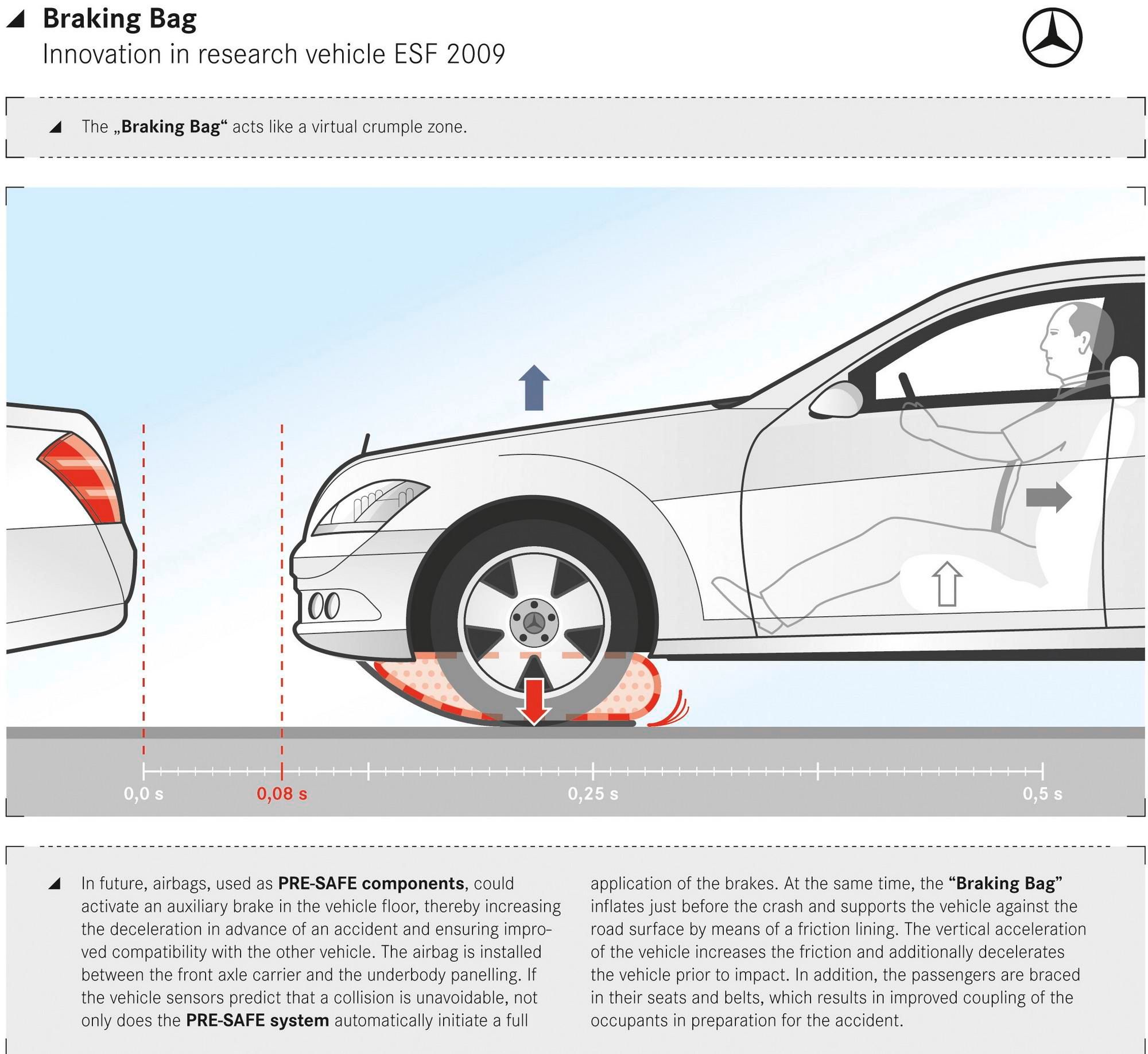
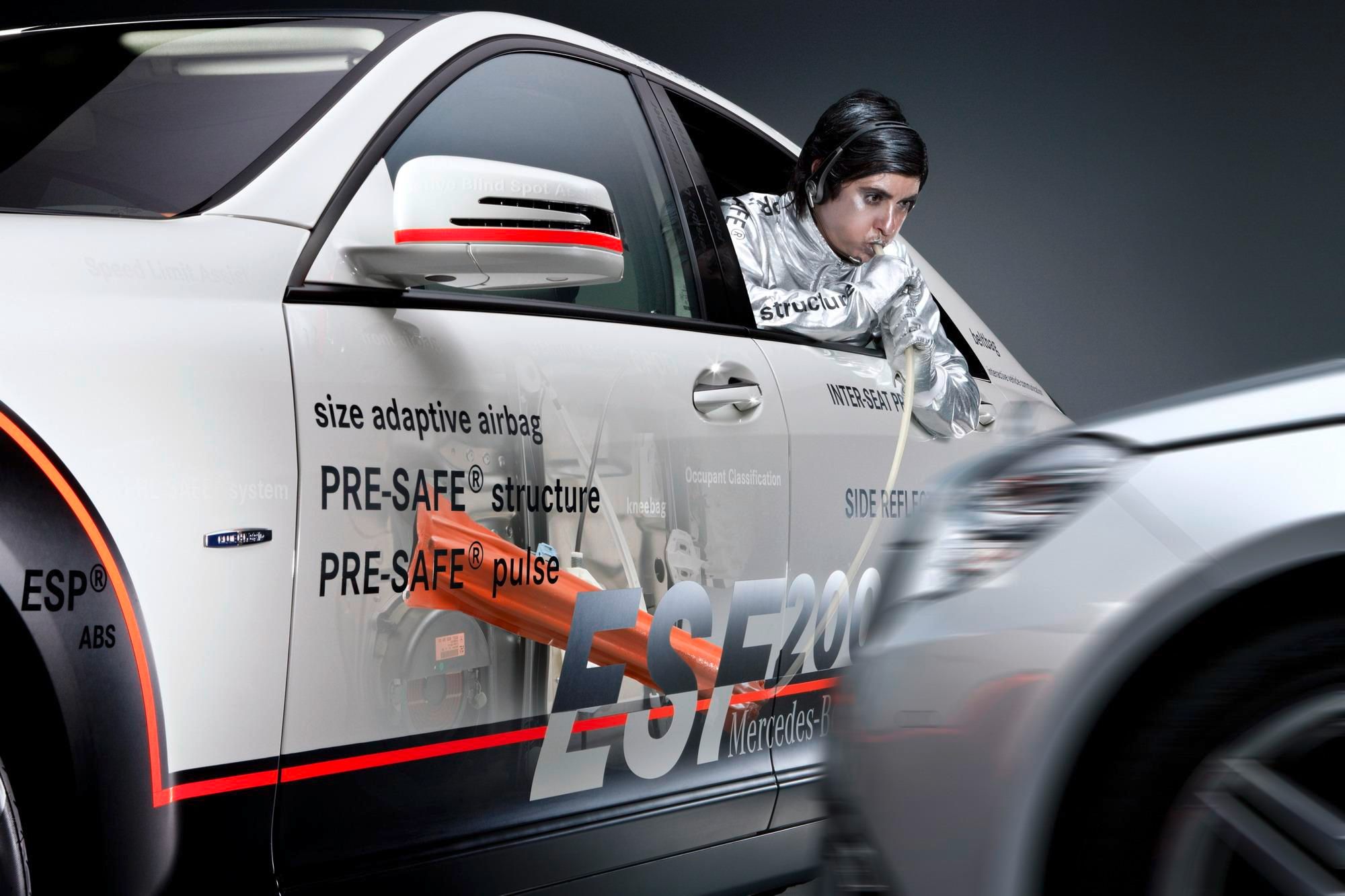
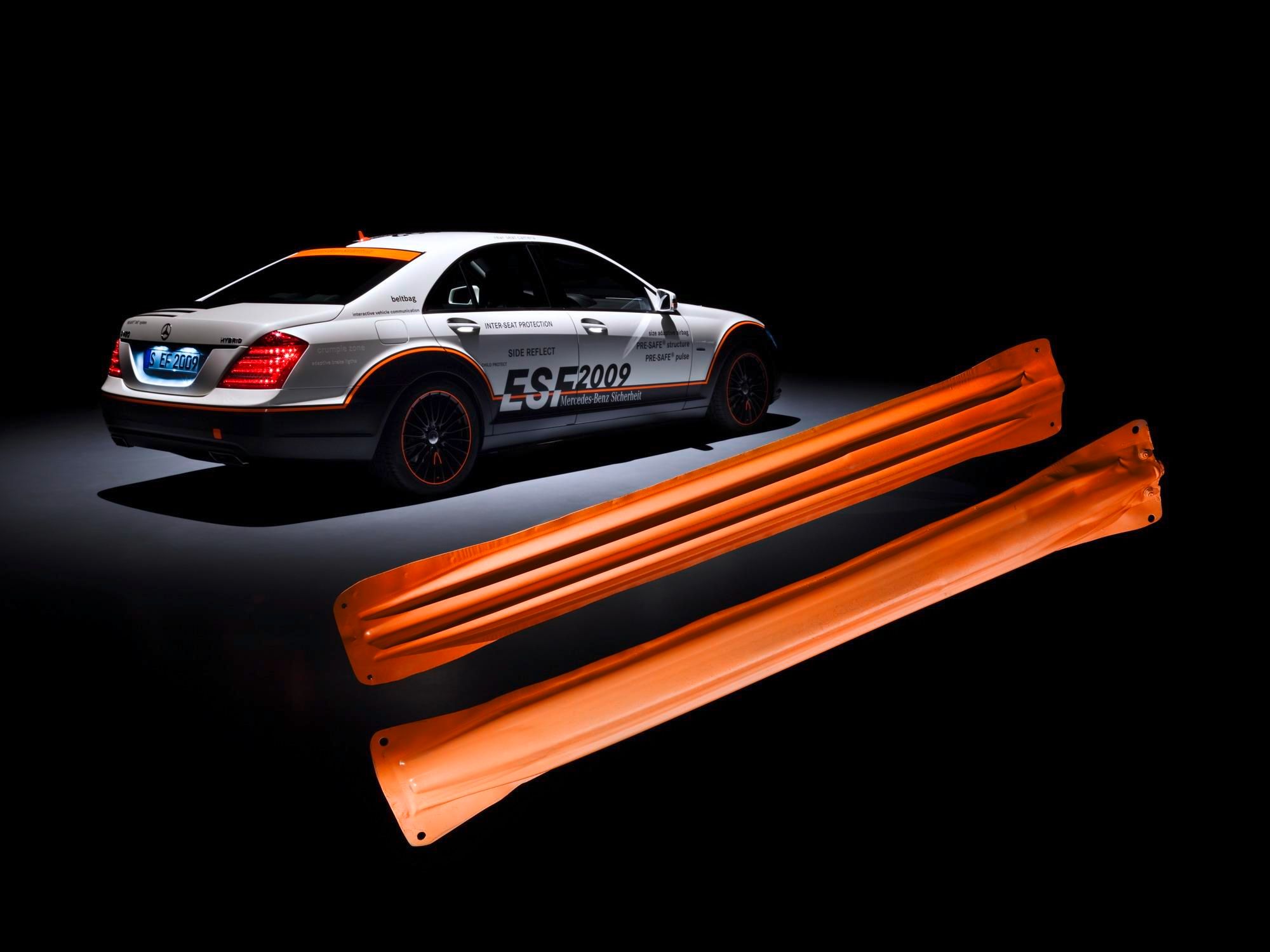
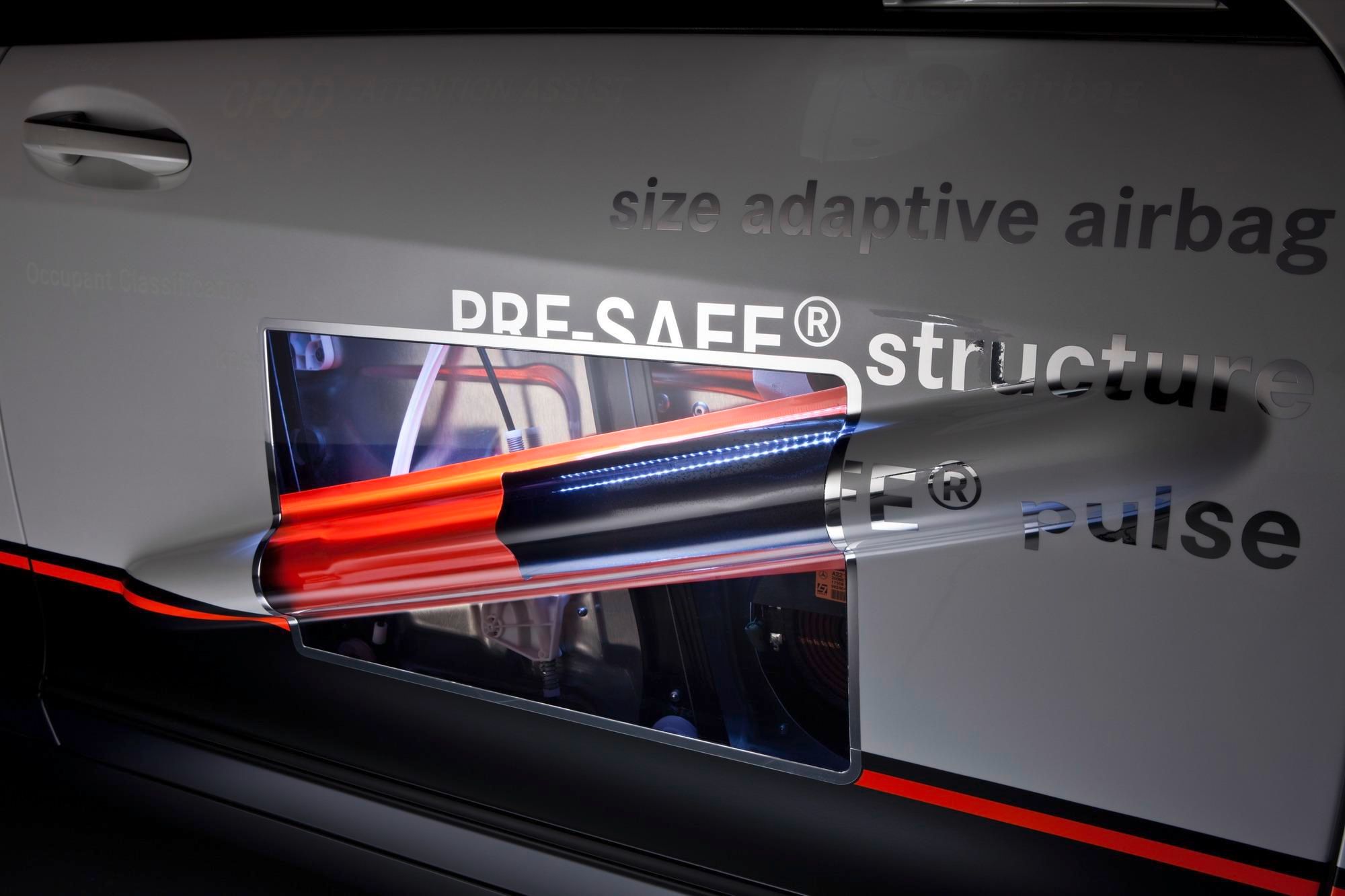

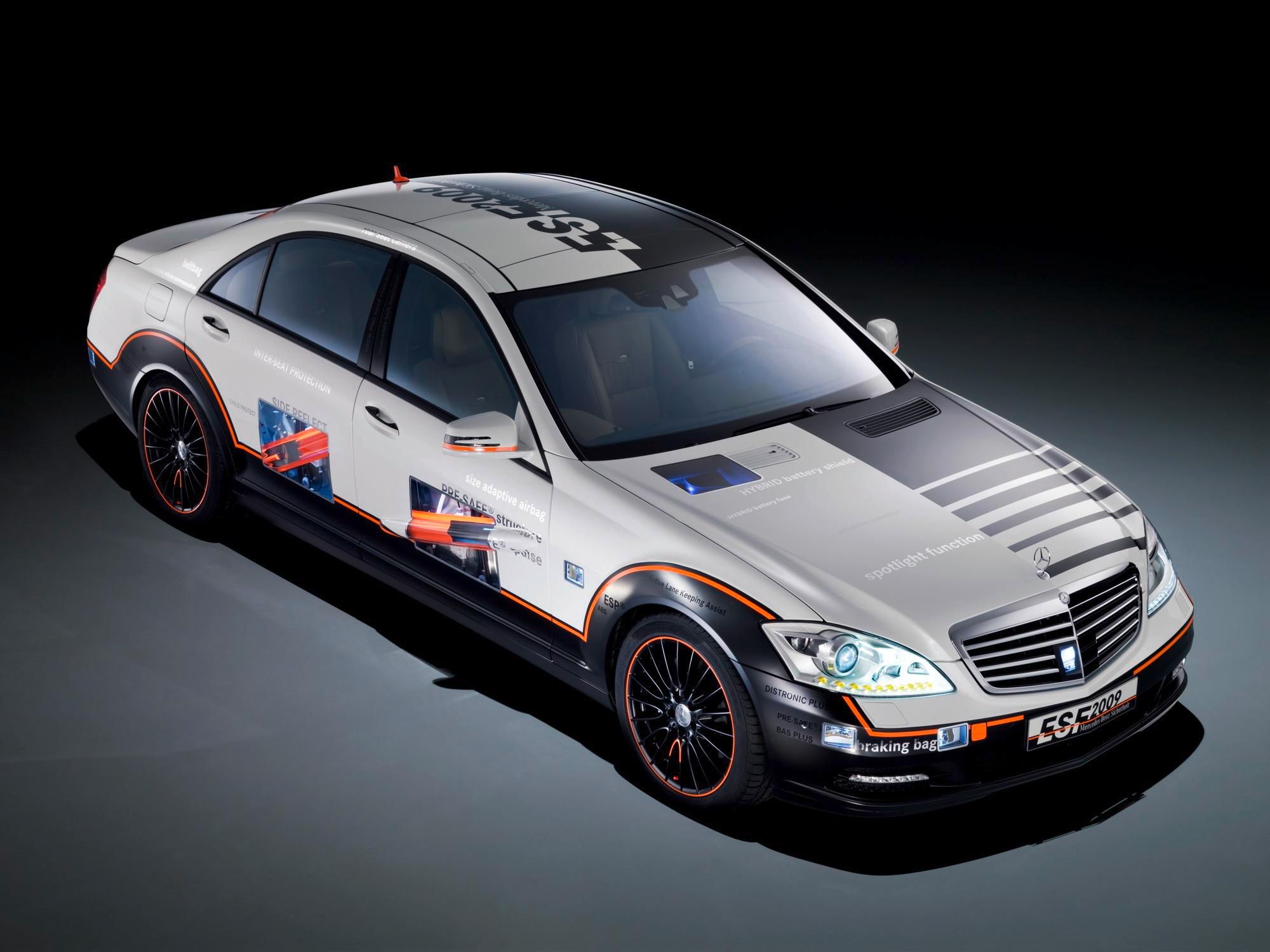
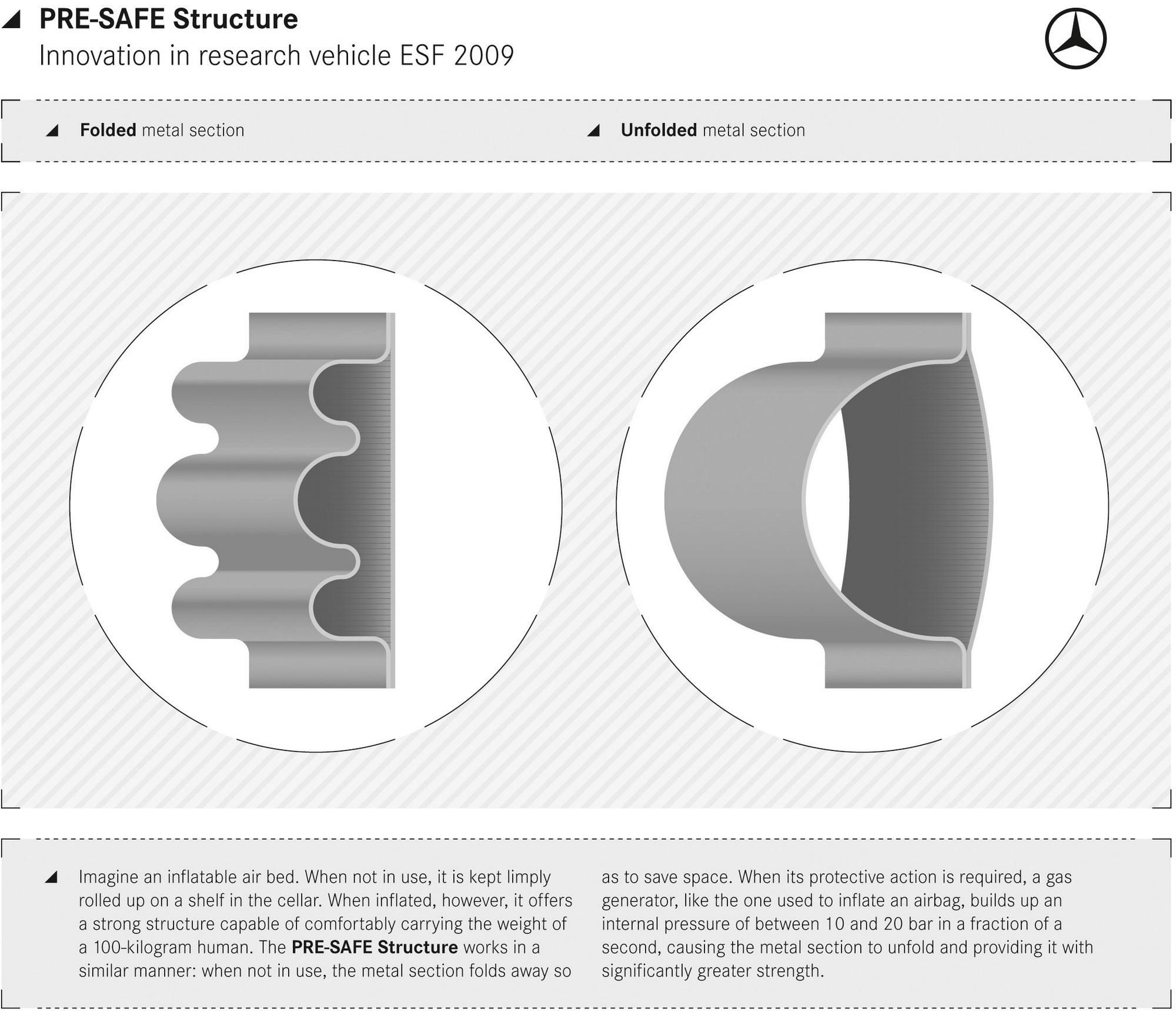
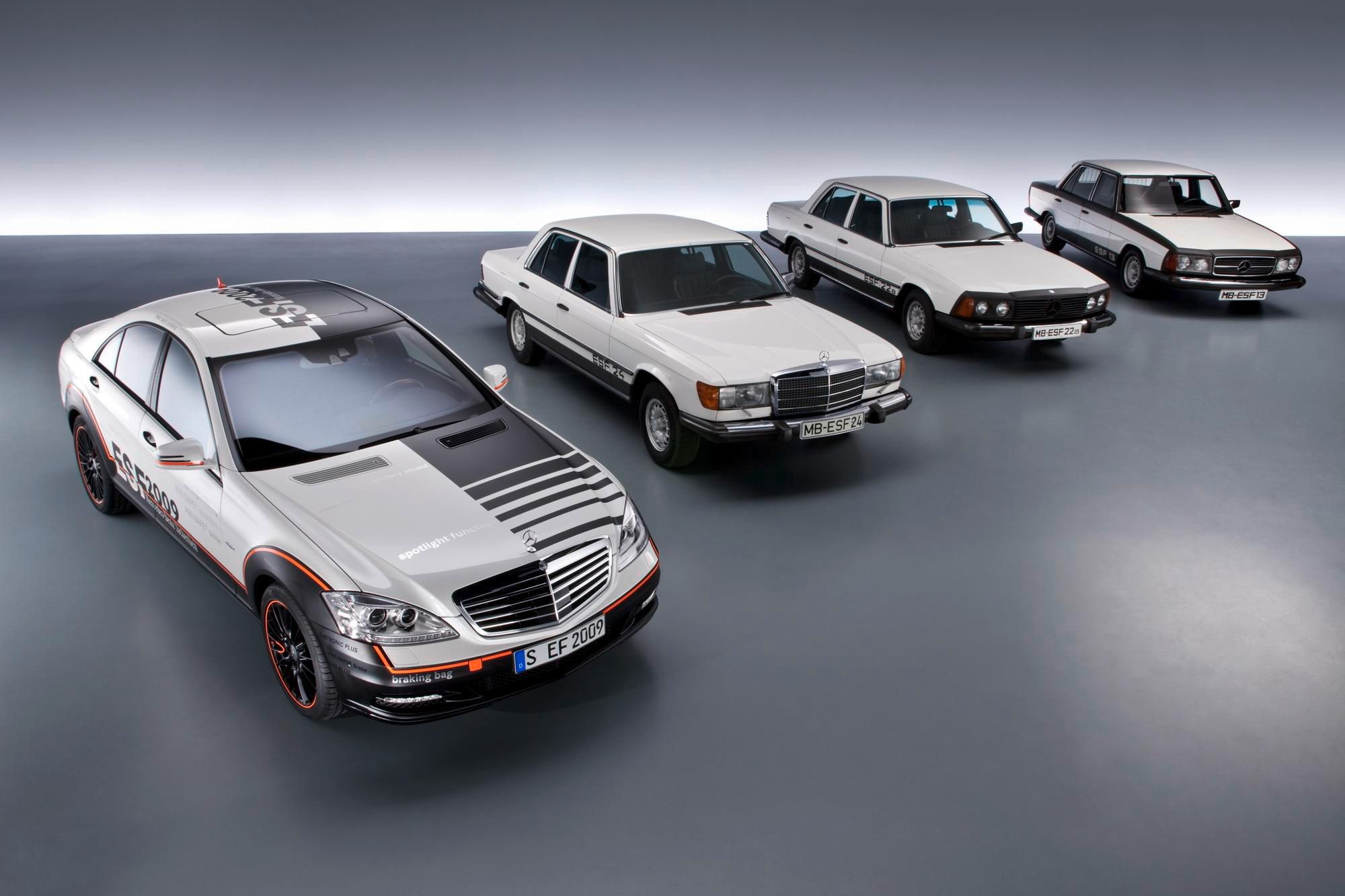
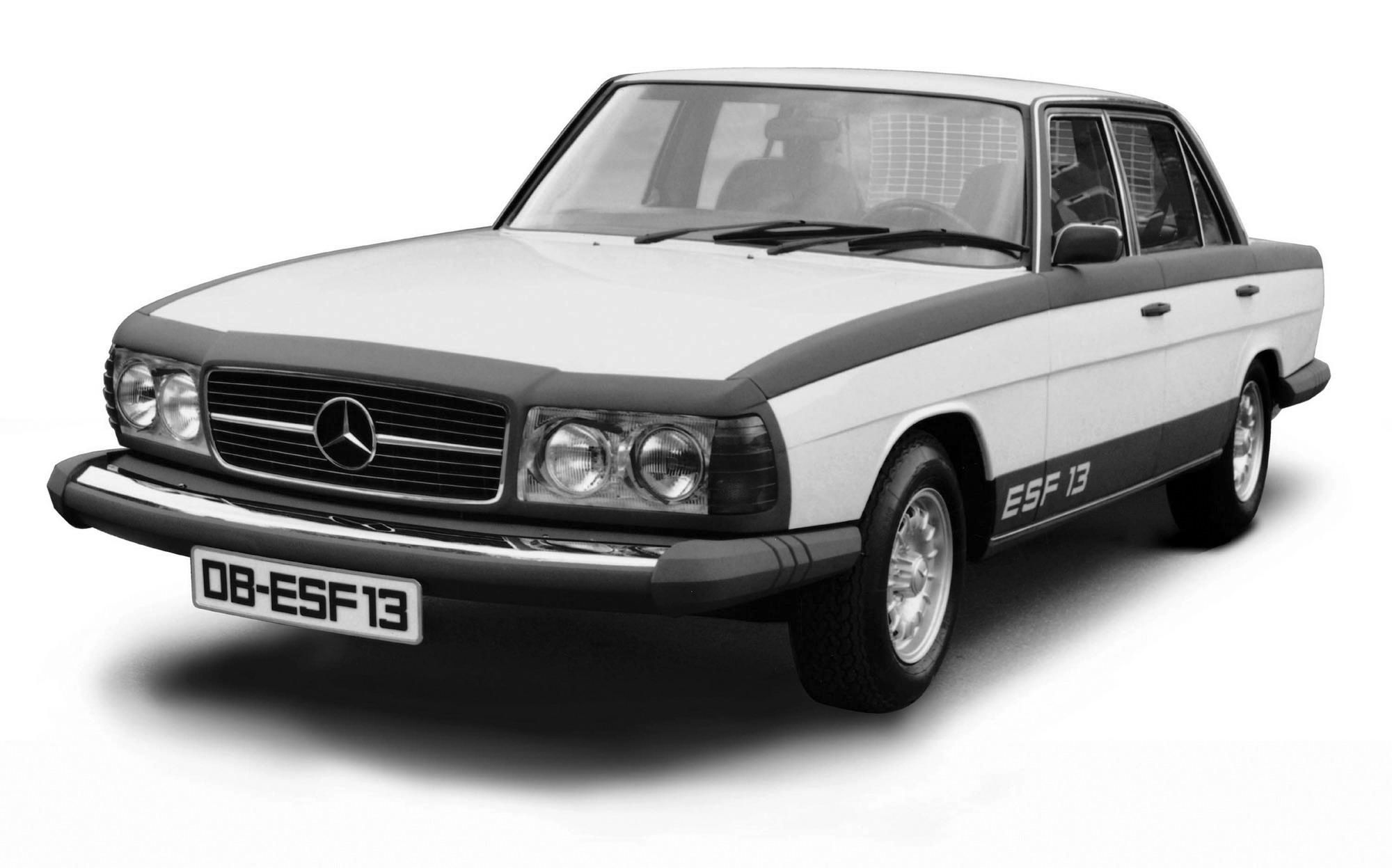
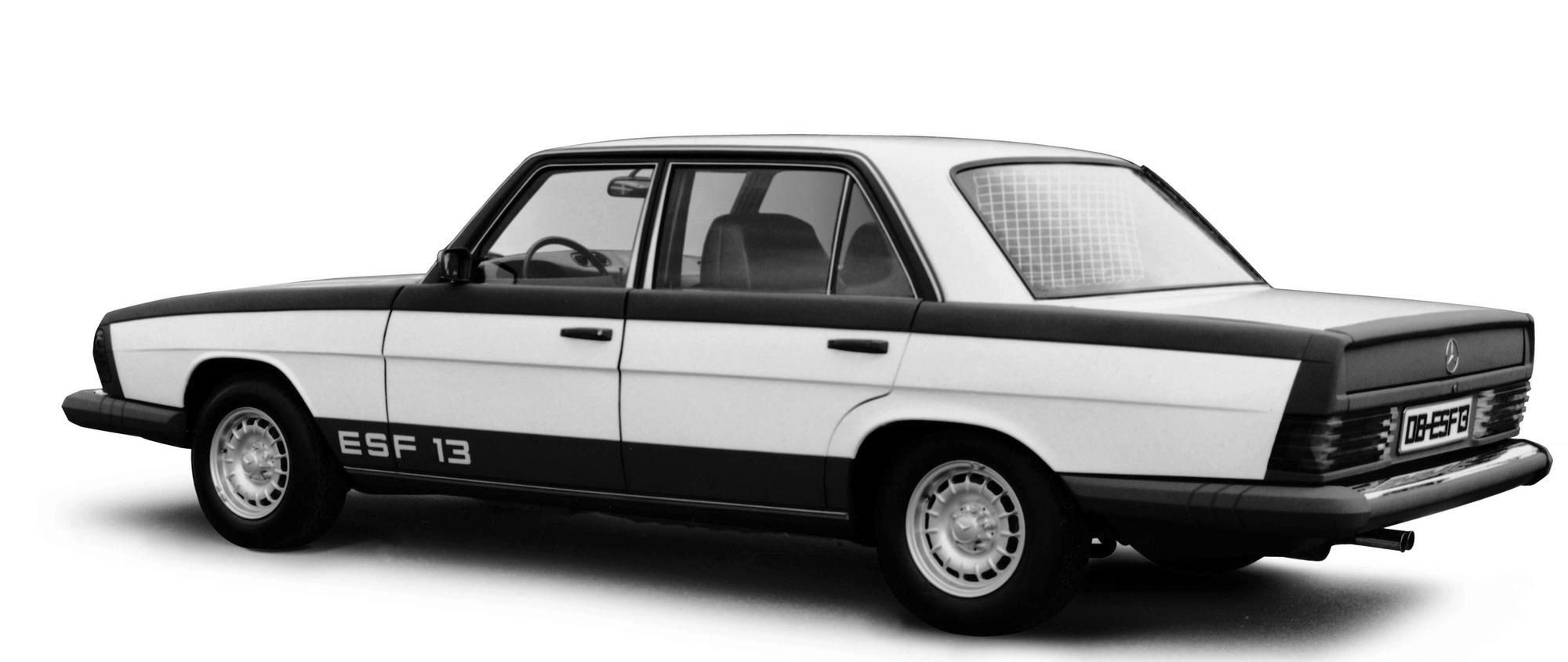
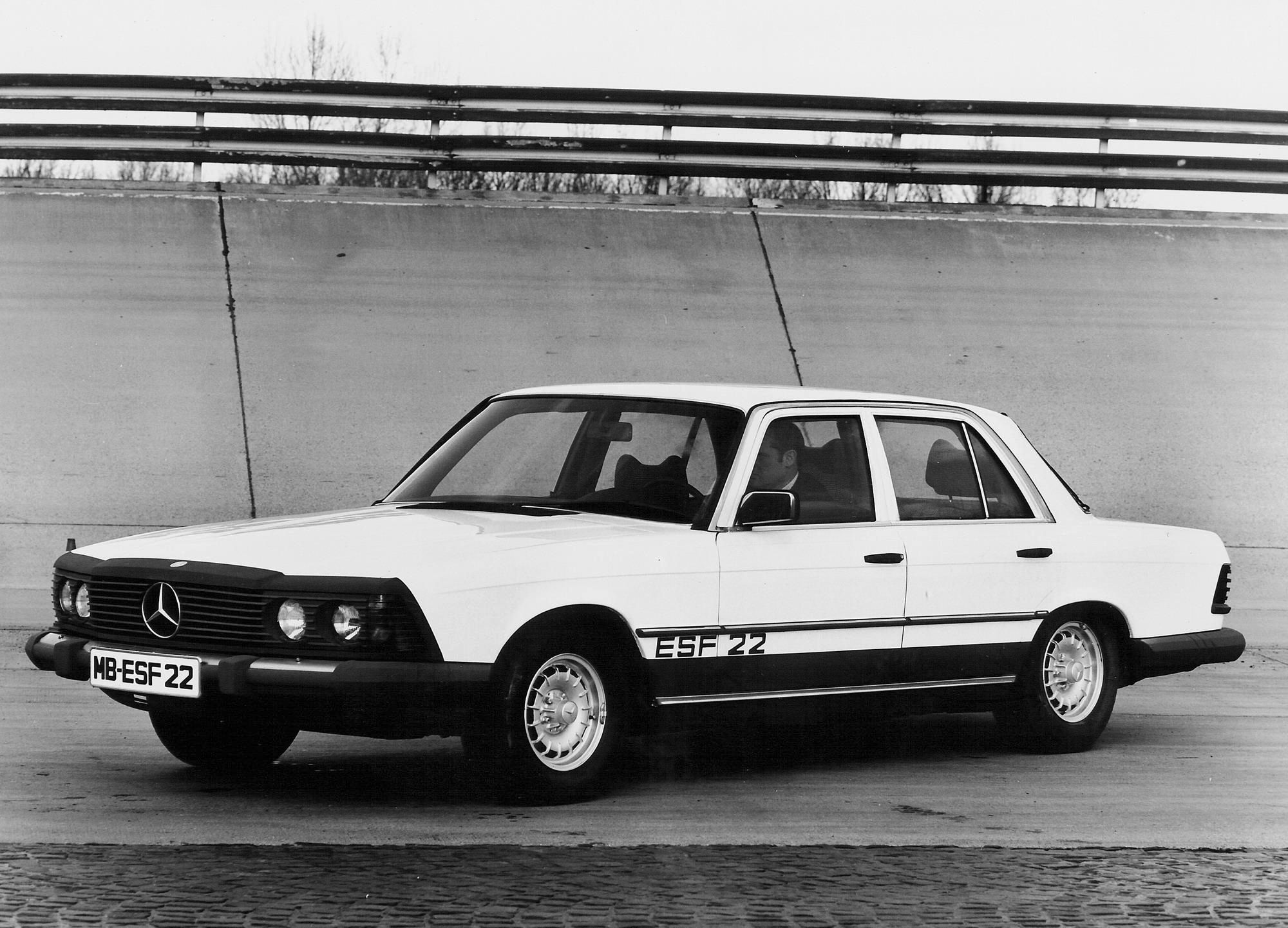
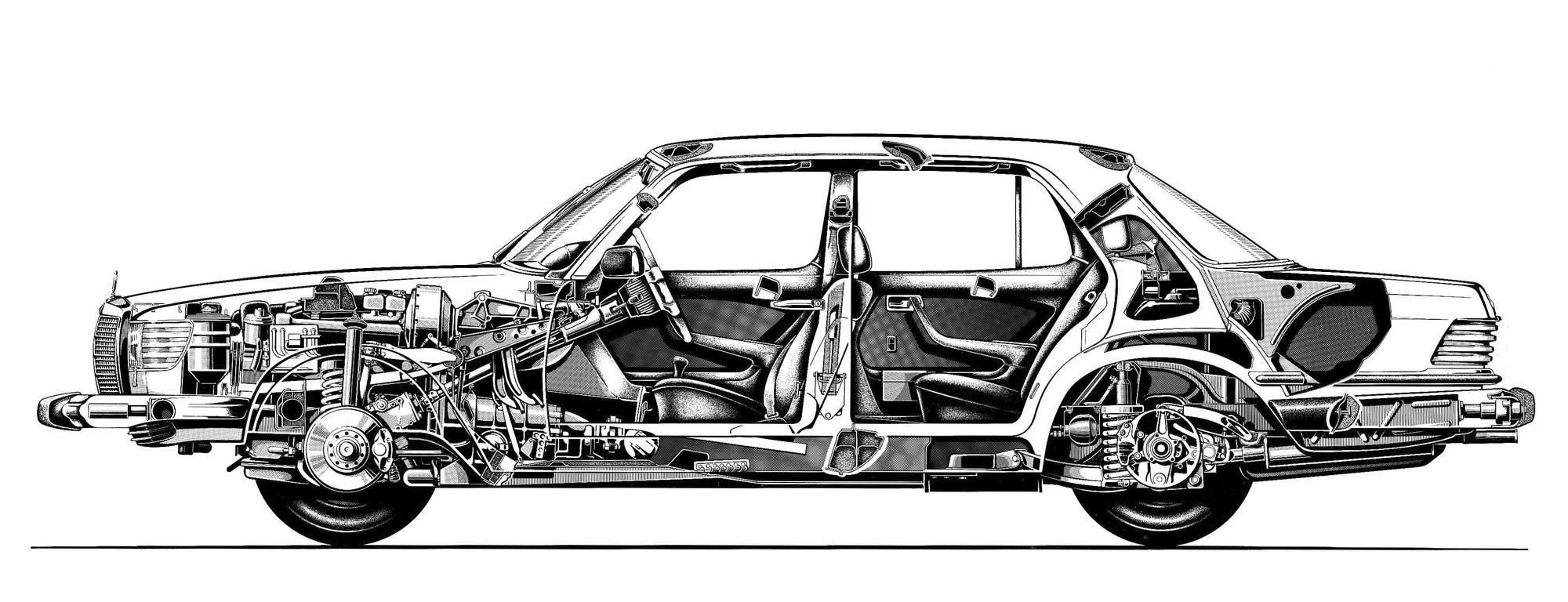
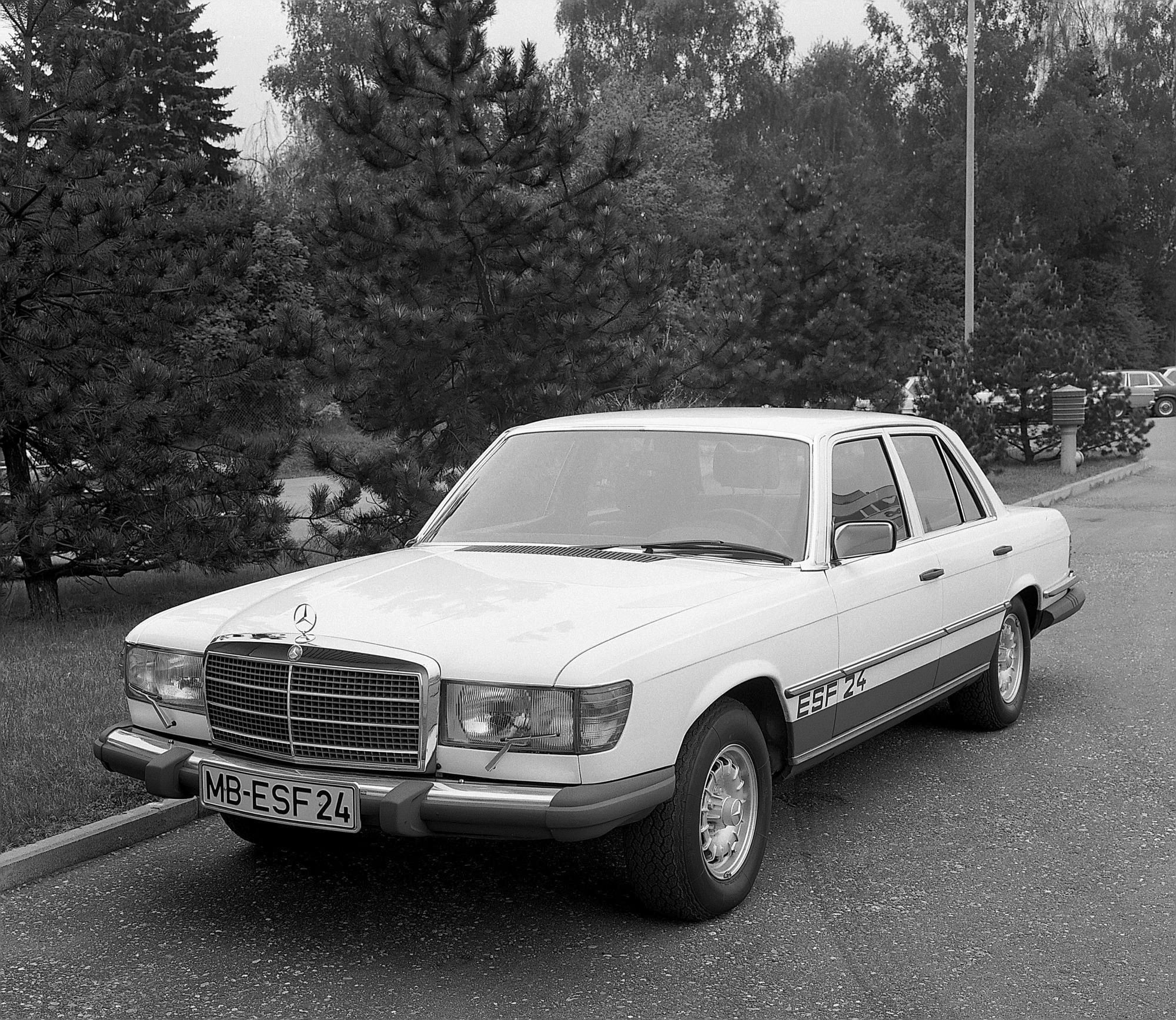
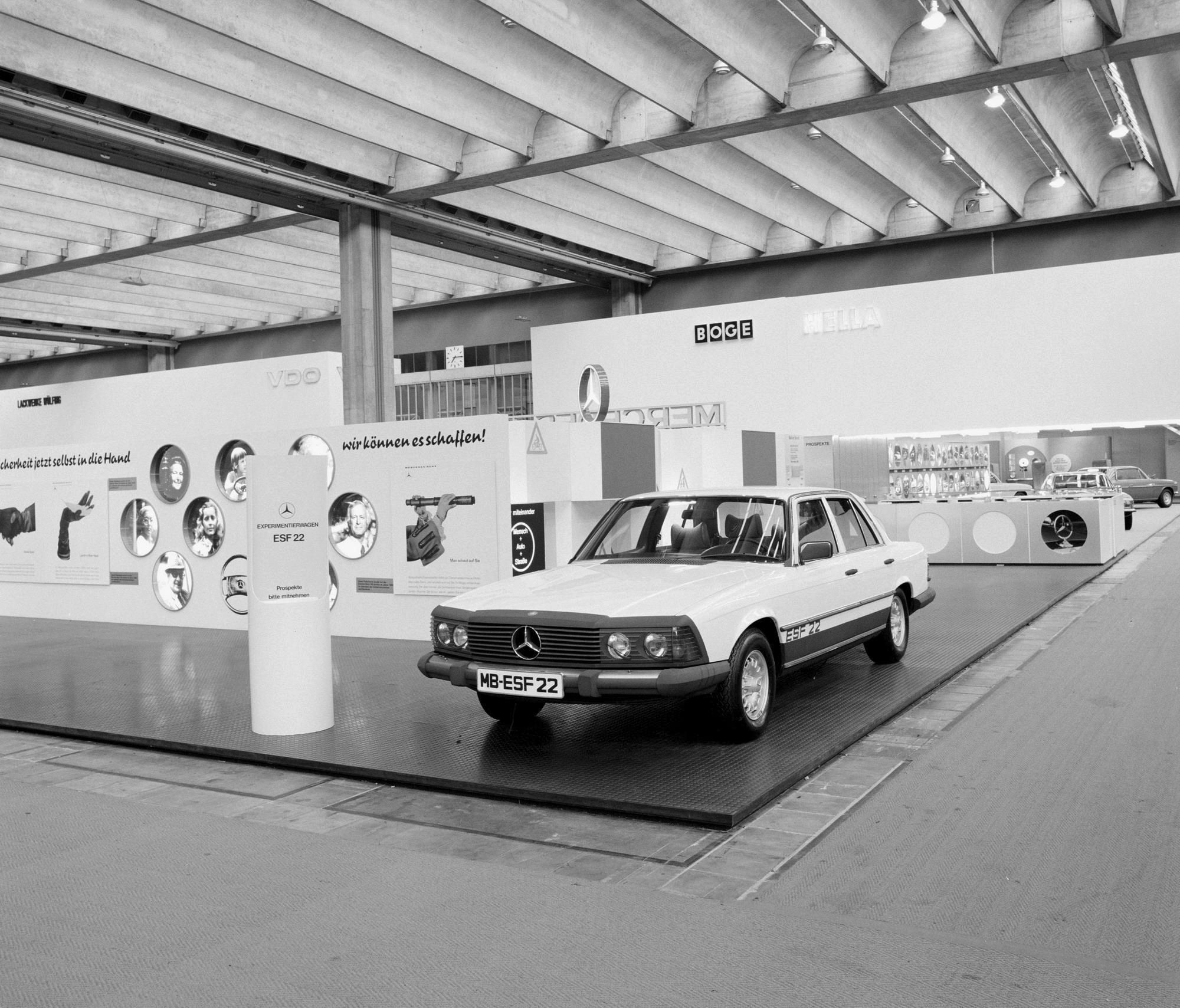
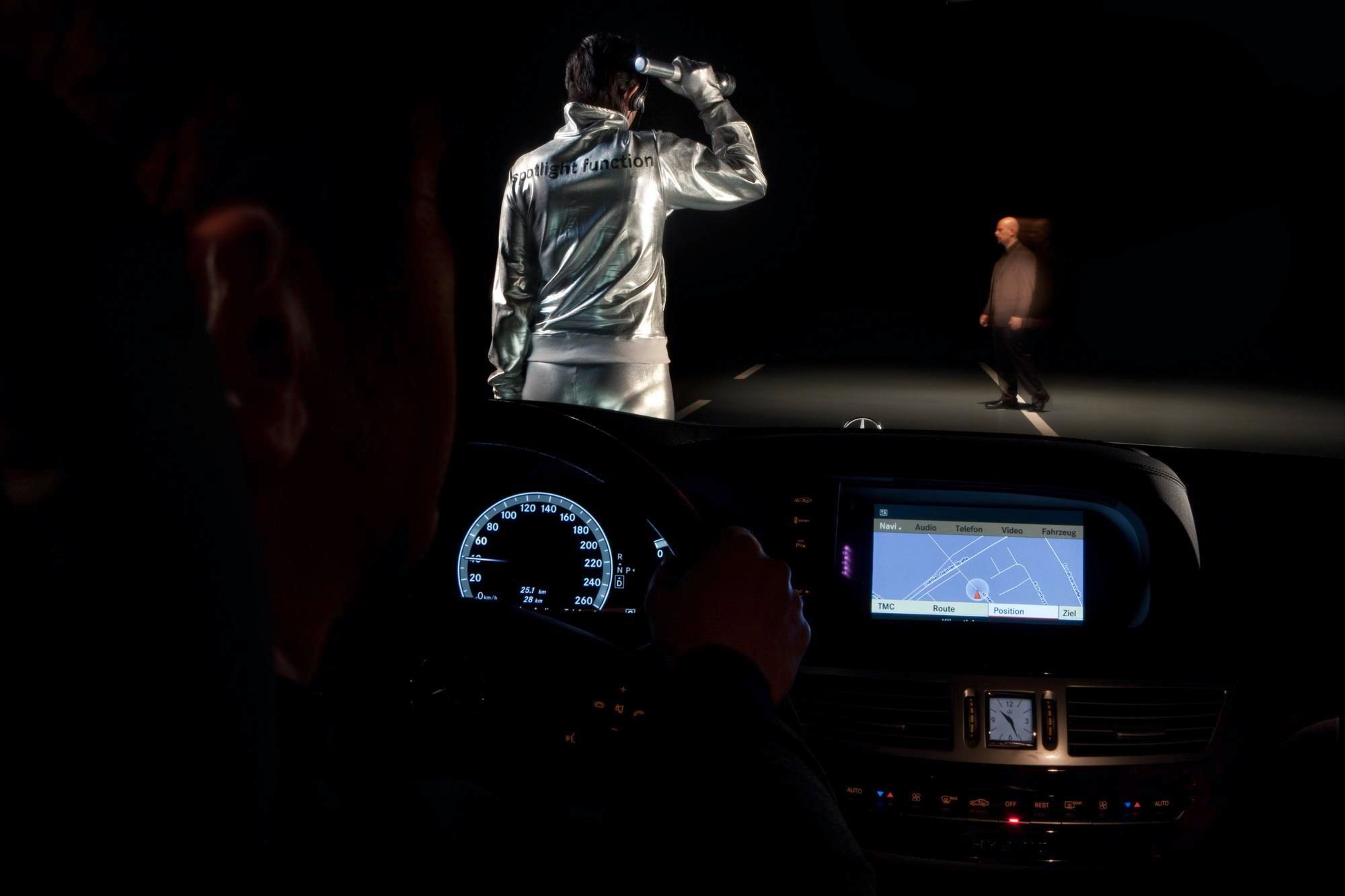
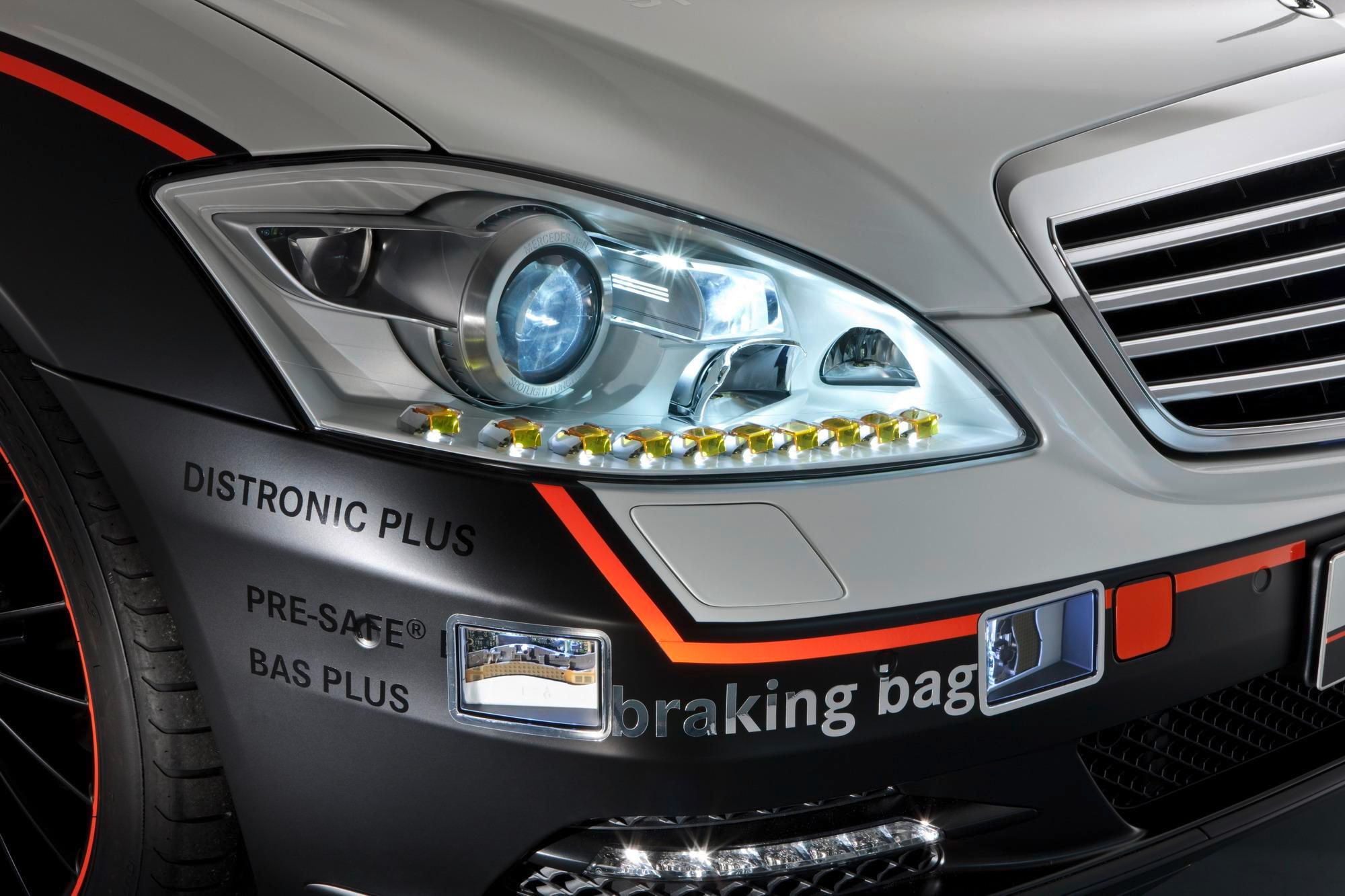
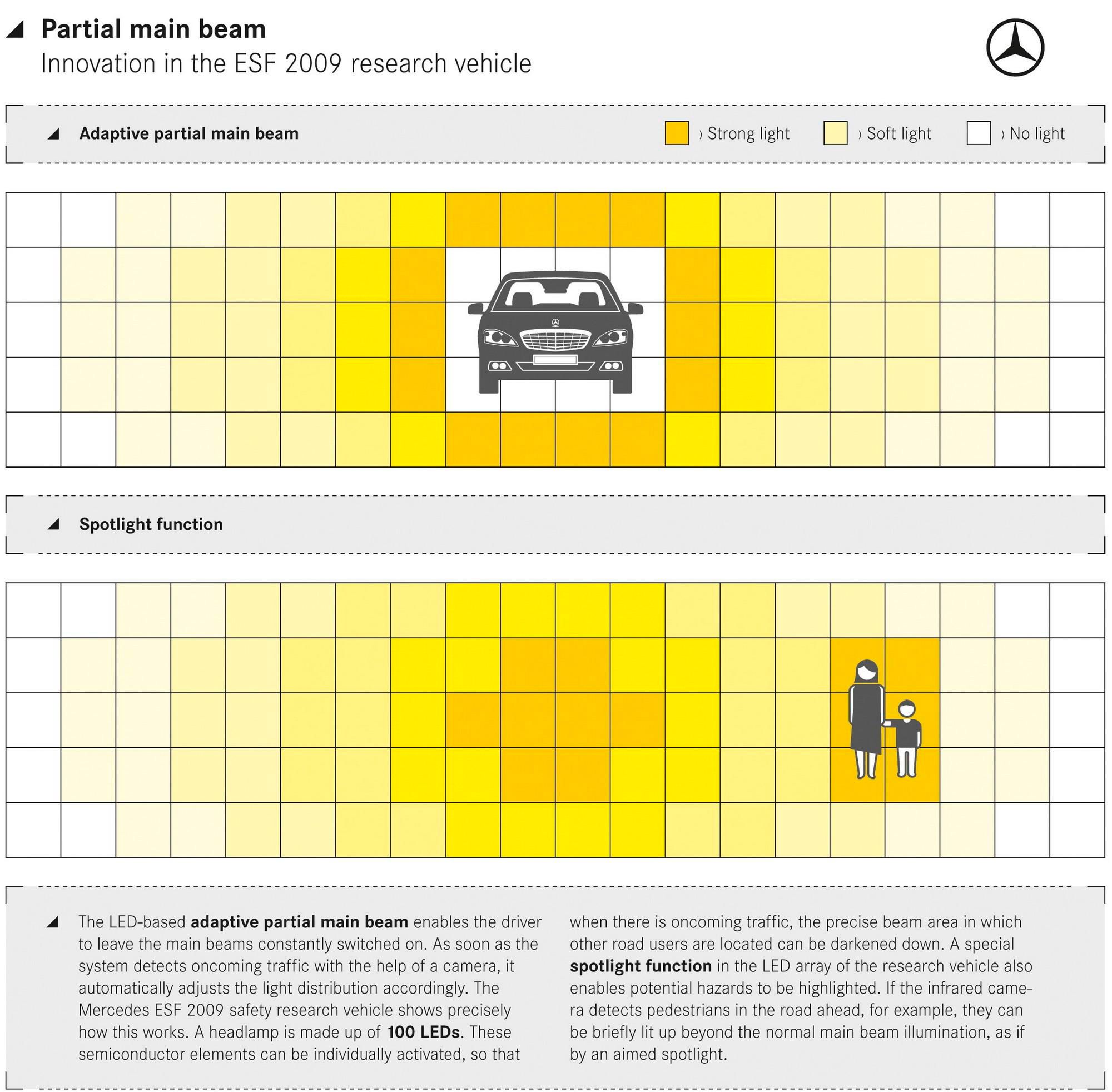
- Make: Array
- Model: 2009 Mercedes ESF Concept Vehicle
- [do not use] Vehicle Model: Array
Press release
2009 is a year in which Mercedes-Benz celebrates several anniversaries in the safety field: in August 1939 the safety pioneer Béla Barényi started his work in Sindelfingen. He invented for example the principle of the crumple zone, a trailblazing innovation which entered series production at Mercedes-Benz in 1959. With the help of its in-house accident research function, which was founded in 1969, Mer-cedes engineers in the following years have developed several groundbreaking innovations in passenger car safety. Now it is time for a look behind the scenes, and in this anniversary year, Mercedes-Benz is using the ESF 2009 research vehicle to reveal what its safety spe-cialists are currently working on – with a time horizon that
often extends well into the future.  The ESF 2009 is the first Experimental Safety Vehicle to be built by Mercedes-Benz since 1974. Like its historic predecessors, it illustrates trail-blazing innovations in the field of safety and makes the progress achieved clearly visible. These amazing but by no means crazy ideas include inflatable me-tallic sections which give more stability to structural components within frac-tions of
The ESF 2009 is the first Experimental Safety Vehicle to be built by Mercedes-Benz since 1974. Like its historic predecessors, it illustrates trail-blazing innovations in the field of safety and makes the progress achieved clearly visible. These amazing but by no means crazy ideas include inflatable me-tallic sections which give more stability to structural components within frac-tions of
a second, as well as the so-called "Braking Bag". This airbag housed within the vehicle floor is deployed when a crash is deemed to be unavoidable, and uses a friction coating to support the vehicle against the road surface. The ESF 2009 will be premiered on 15 June 2009, at the Enhanced Safety of Vehicles (ESV) Conference in Stuttgart.
"Safety is a central element of the Mercedes-Benz brand. In this respect we have been setting the pace in the market for almost 70 years. For the benefit of our customers and for road users in general. The ESF 2009 shows that we still have plenty of ideas and the absolute will, to lead the automobile in-dustry in this field even in future", says Dr. Dieter Zetsche, Chairman of Daimler AG and CEO of Mercedes-Benz Cars. The ESF 2009 was developed and built completely in the test vehicle work-shops in Sindelfingen. This safety research vehicle based on the Mercedes S 400 HYBRID features more than a dozen safety innovations, most of which are fully functioning in demonstration mode. "With the ESF 2009, we have chosen this particular time to clearly demonstrate the innovative strength of Daimler. Anybody examining the ESF 2009 in detail will recog-nise that more safety and improved energy efficiency are not necessarily a contradiction in terms. We want to make progress in both fields with new, trailblazing ideas ", says Dr. Tho-mas Weber, the member of the Daimler Executive Board responsible for corpo-rate research and development at Mercedes-Benz Cars.
The ESF 2009 was developed and built completely in the test vehicle work-shops in Sindelfingen. This safety research vehicle based on the Mercedes S 400 HYBRID features more than a dozen safety innovations, most of which are fully functioning in demonstration mode. "With the ESF 2009, we have chosen this particular time to clearly demonstrate the innovative strength of Daimler. Anybody examining the ESF 2009 in detail will recog-nise that more safety and improved energy efficiency are not necessarily a contradiction in terms. We want to make progress in both fields with new, trailblazing ideas ", says Dr. Tho-mas Weber, the member of the Daimler Executive Board responsible for corpo-rate research and development at Mercedes-Benz Cars.
The following five innovations on the basis of the S 400 Hybrid are among the highlights of the ESF 2009:
- RE-SAFE Structure: The inflatable metal structures save weight or increase the stability of structural components. When at rest, the metal section is in a folded state to save space. If its protective effect is re-quired, a gas generator builds up an internal pressure of 10 to 20 bar within fractions of a second, causing the section to unfold for signifi-cantly more stability.
- Braking Bag: This auxiliary brake accommodated in the vehicle floor is a new type of PRE-SAFE® component. If the sensor system con-cludes that an impact is unavoidable, the Braking Bag is deployed shortly before the crash and stabilises the car on the road surface by means of a friction coating. The vehicle's vertical acceleration in-creases the friction, and helps to decelerate the vehicle before the im-pact occurs.
- Interactive Vehicle Communication: The ESF 2009 is able to com-municate directly with other vehicles, or via relay stations. Using "ad hoc" networks and WLAN radio technology, it is e.g. able to receive and transmit warnings of bad weather or obstacles in the road.
- PRE-SAFE Pulse: This further development of PRE-SAFE® is able to reduce the forces acting on the torsos of the occupants during a lateral collision by around one third. It does this by moving them towards the centre of the
- vehicle by up to 50 millimetres as a precautionary measure. As an ac-tive restraint system, it uses the air chambers in the side bolsters of the seat backrests.
- Spotlight lighting function: This partial LED main beam specifically illuminates potential hazards. If the infrared camera of Night View As-sist PLUS e.g. detects deer at the roadside or pedestrians on the road, these can be briefly illuminated beyond the normal area covered by the main beams, as if by a spotlight.


